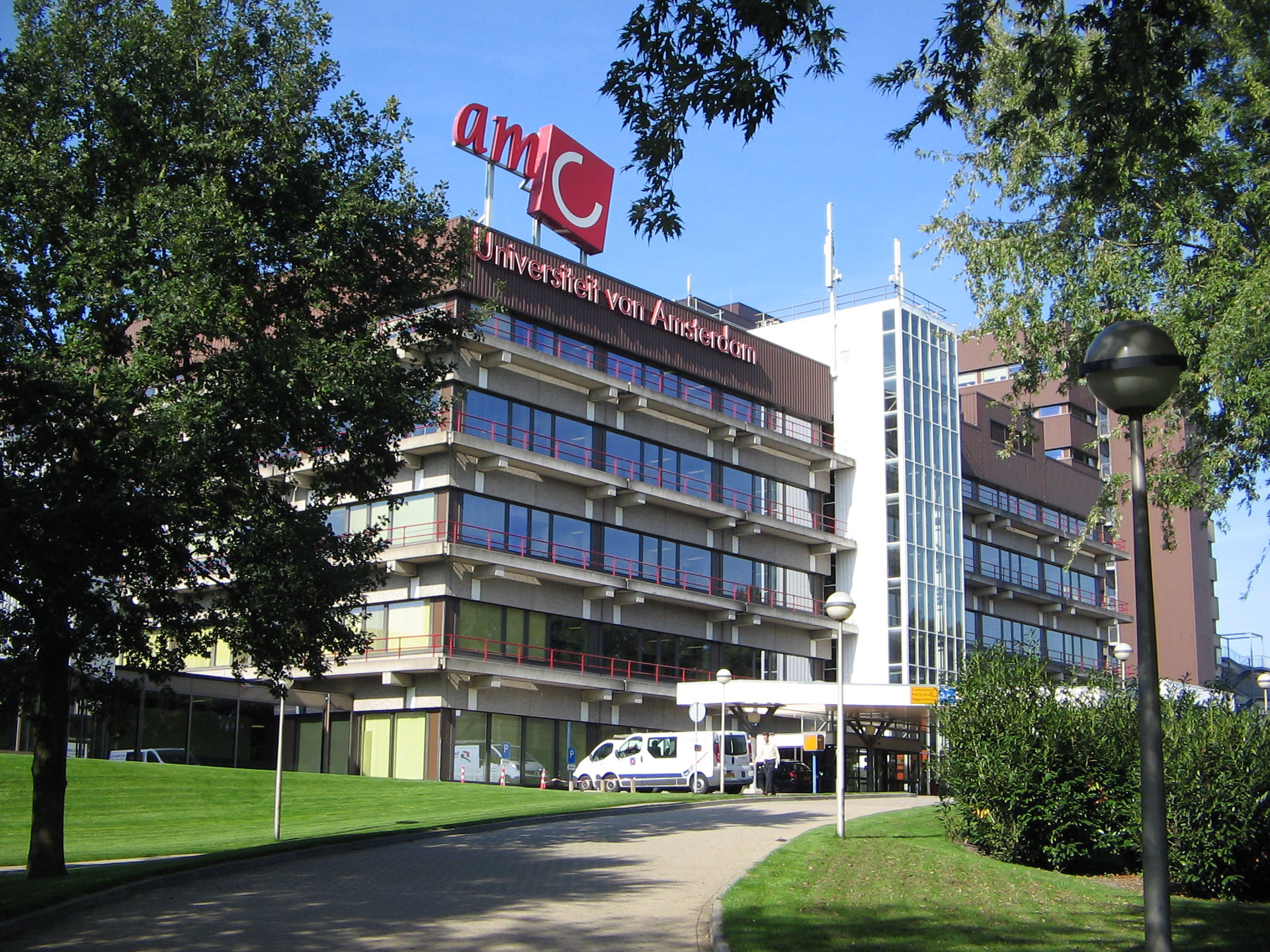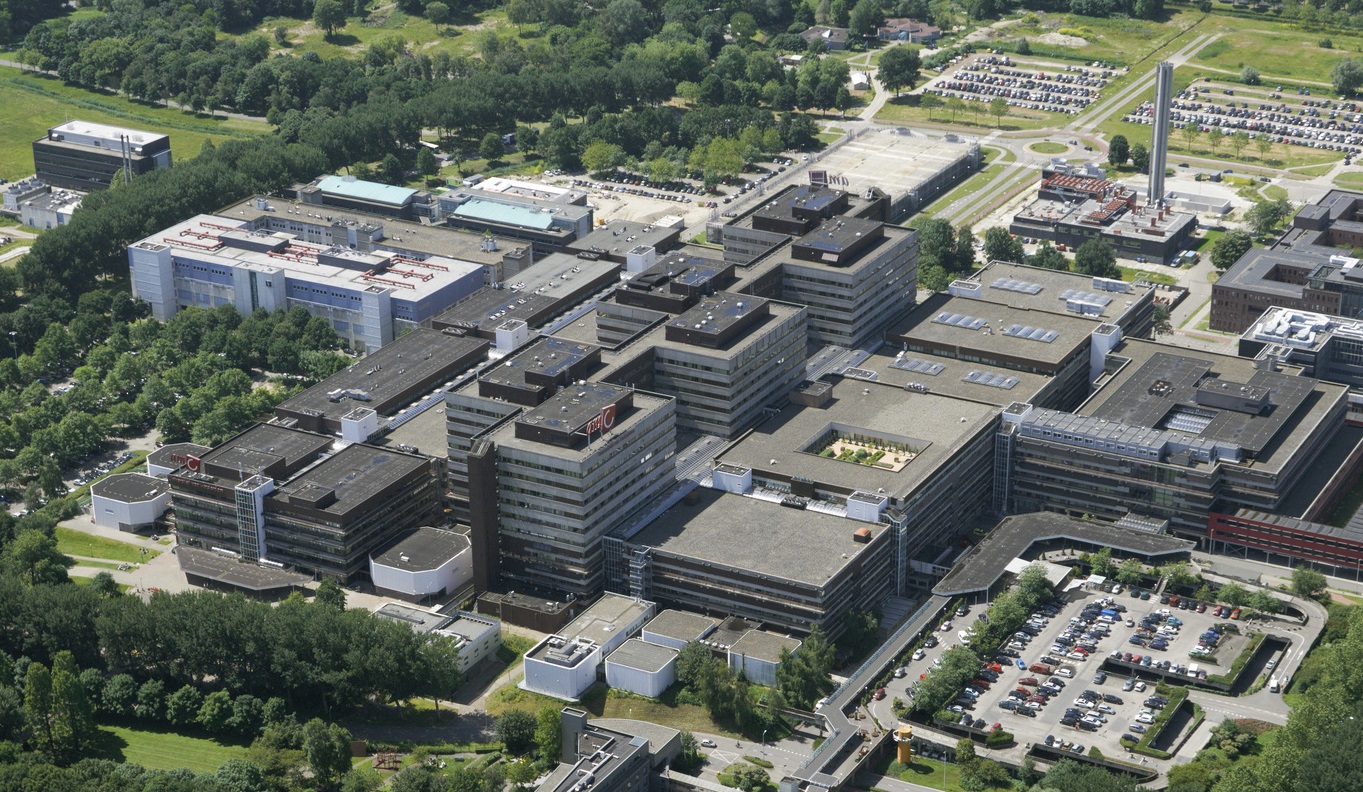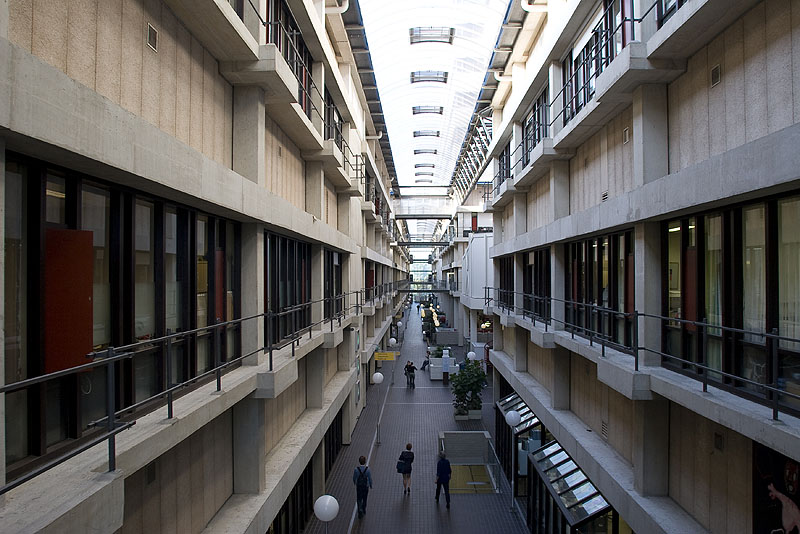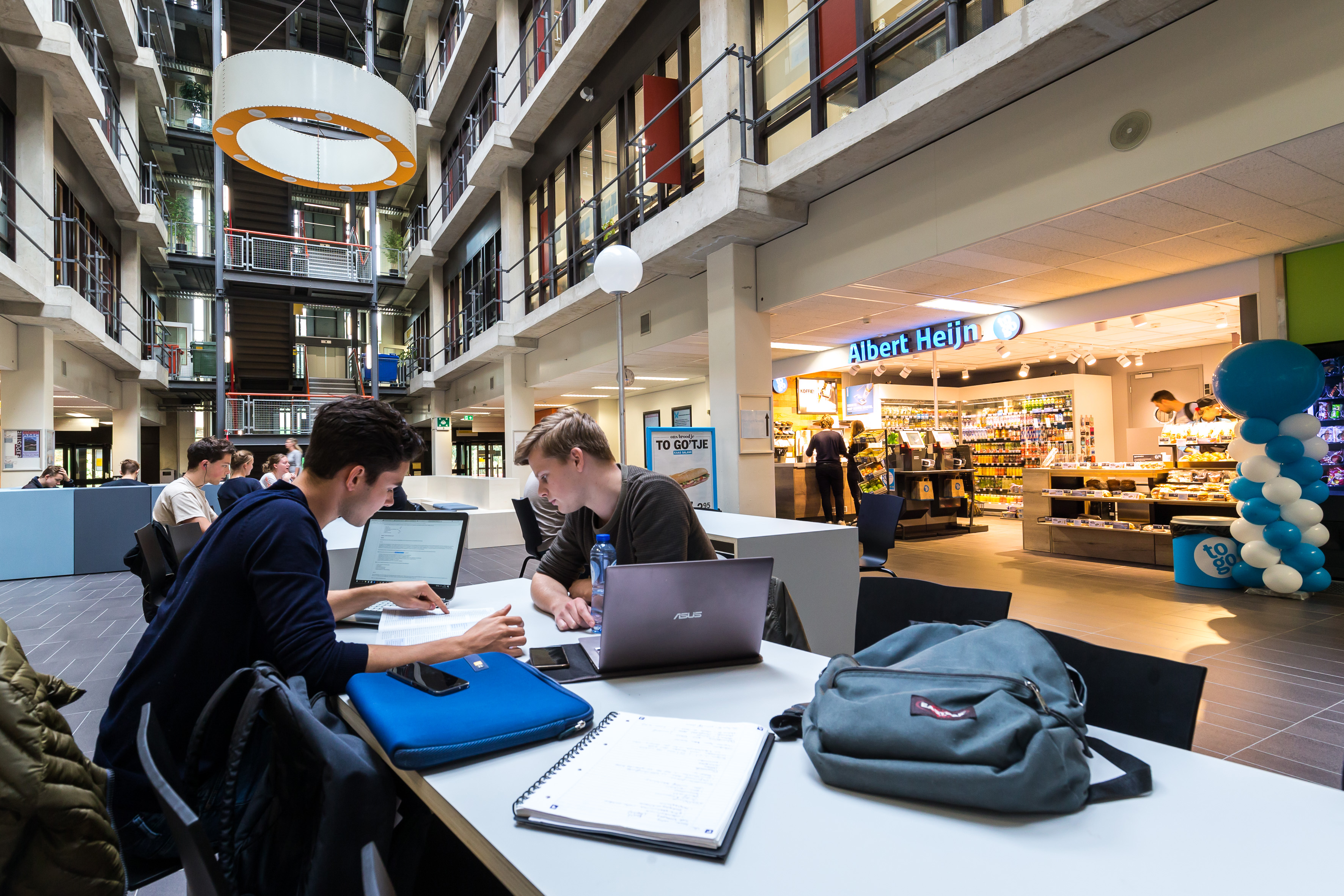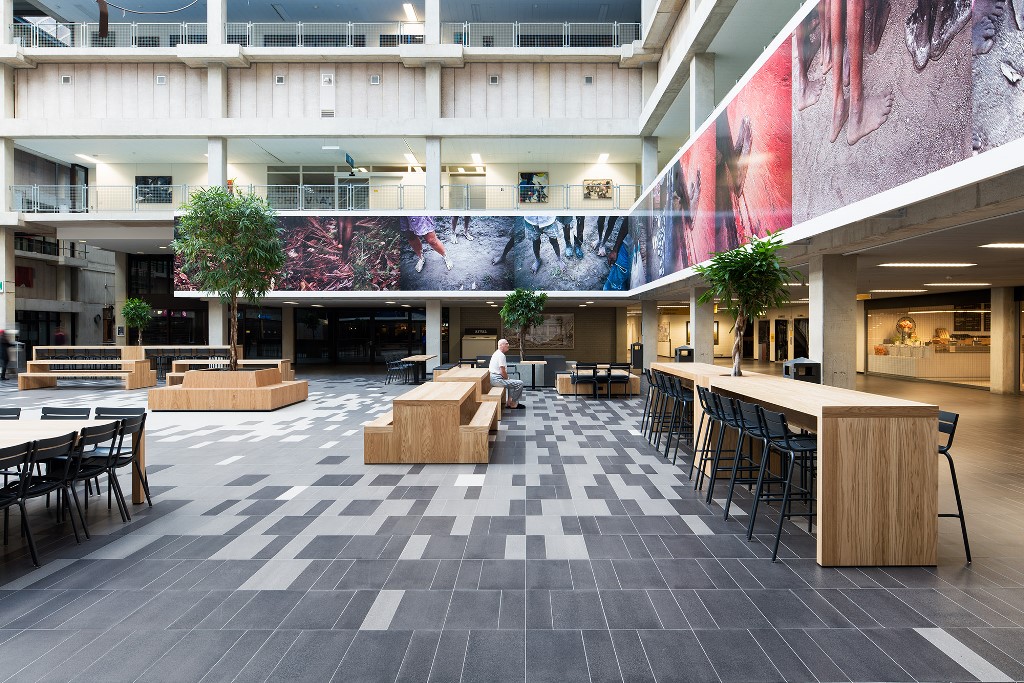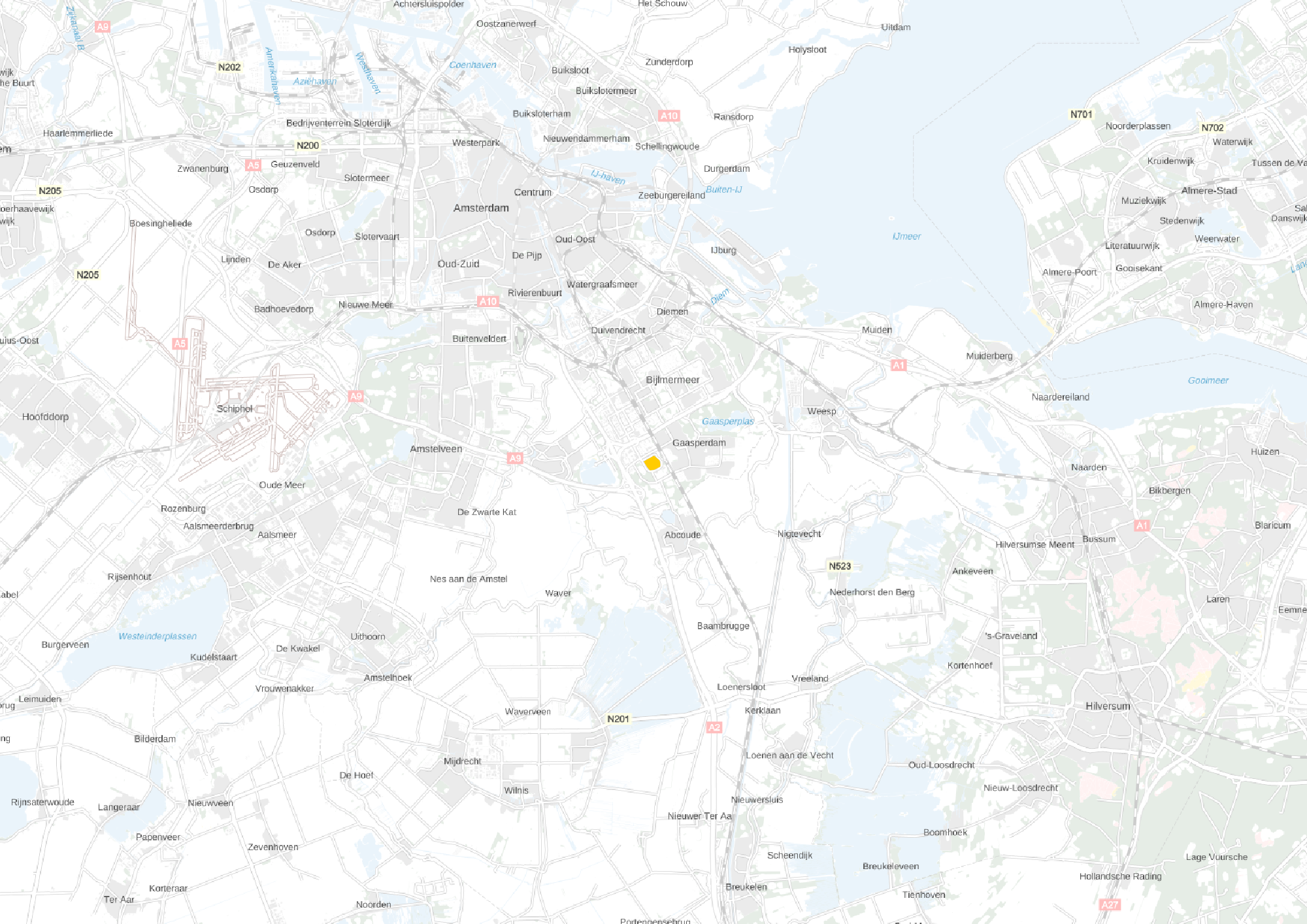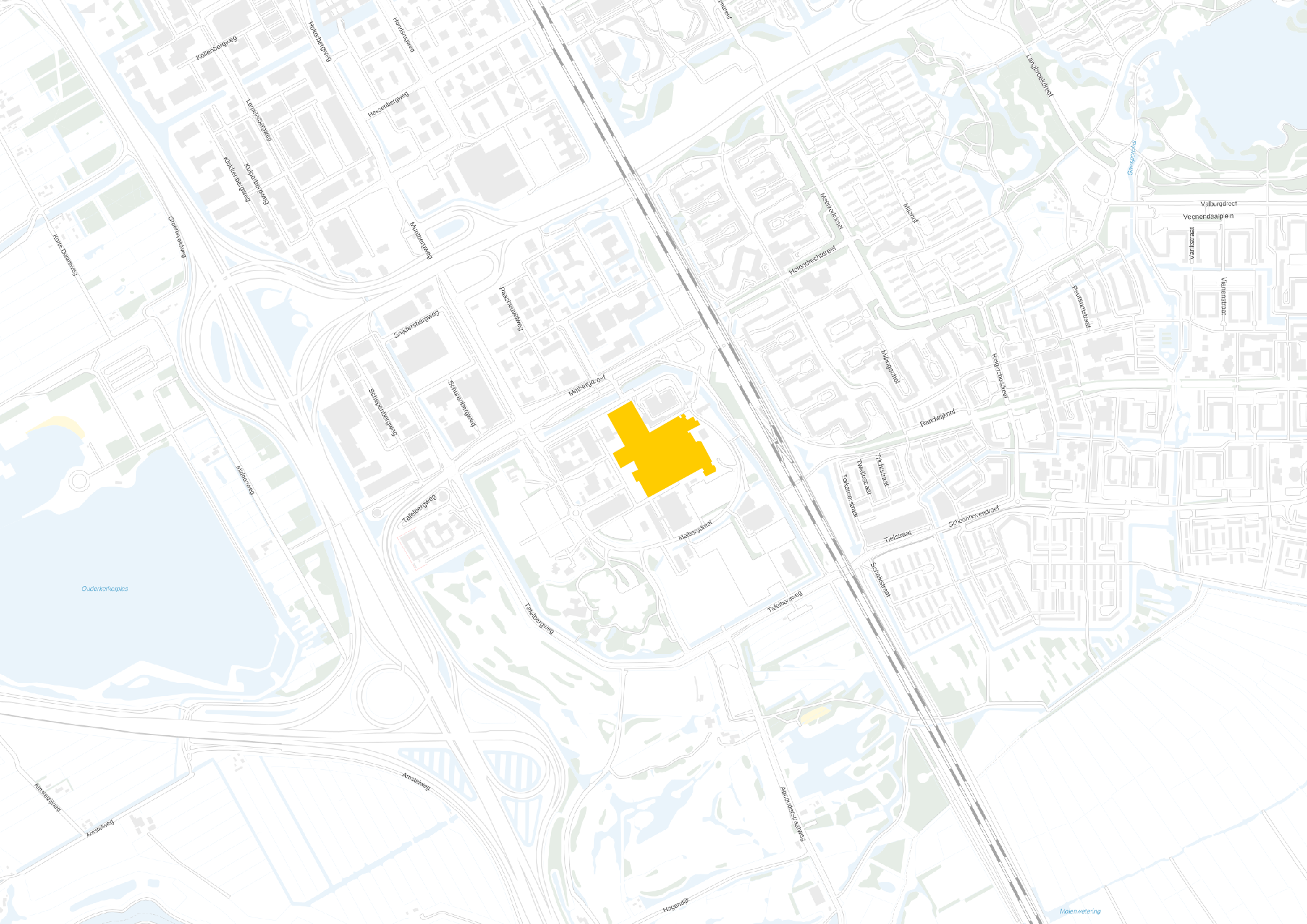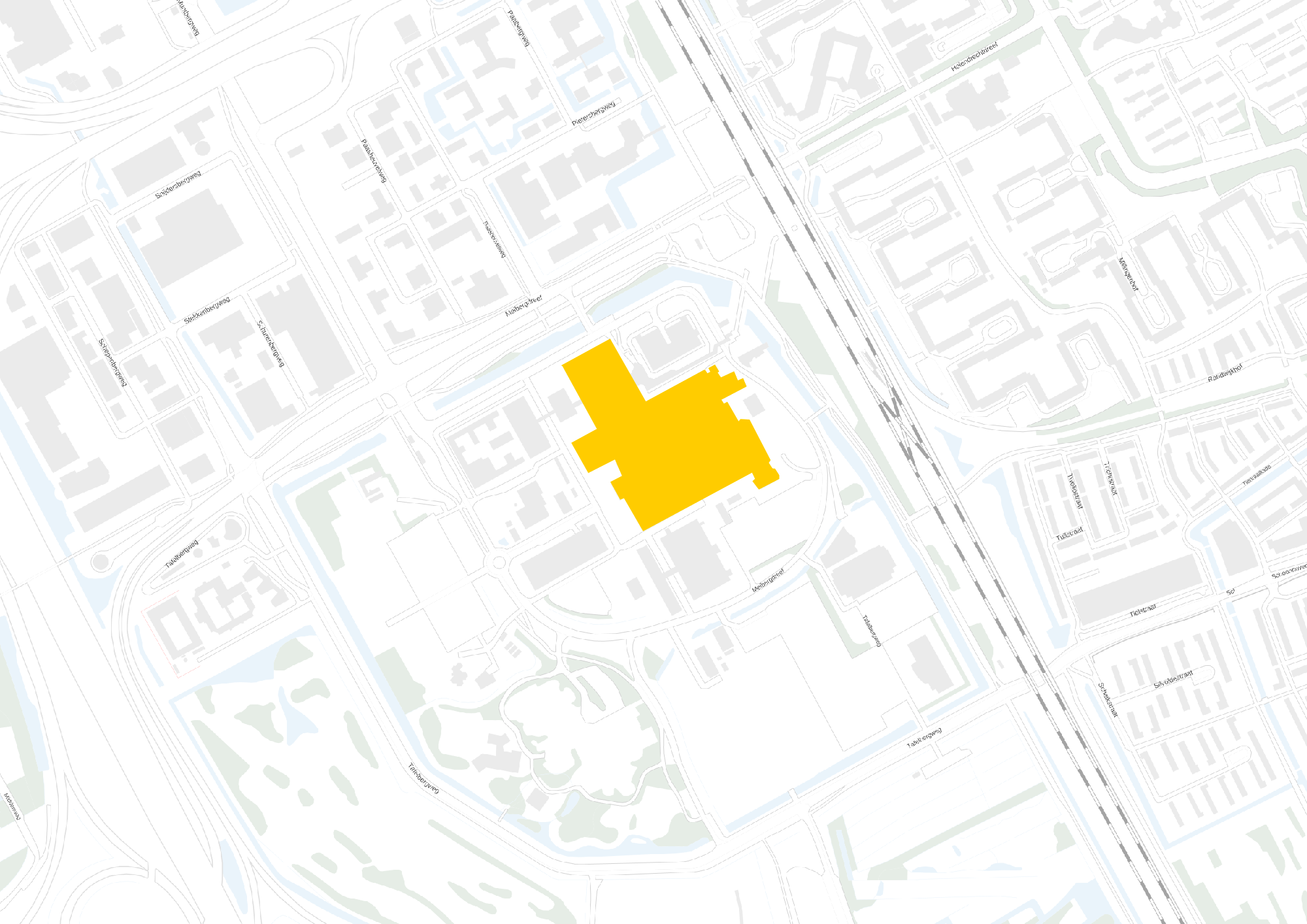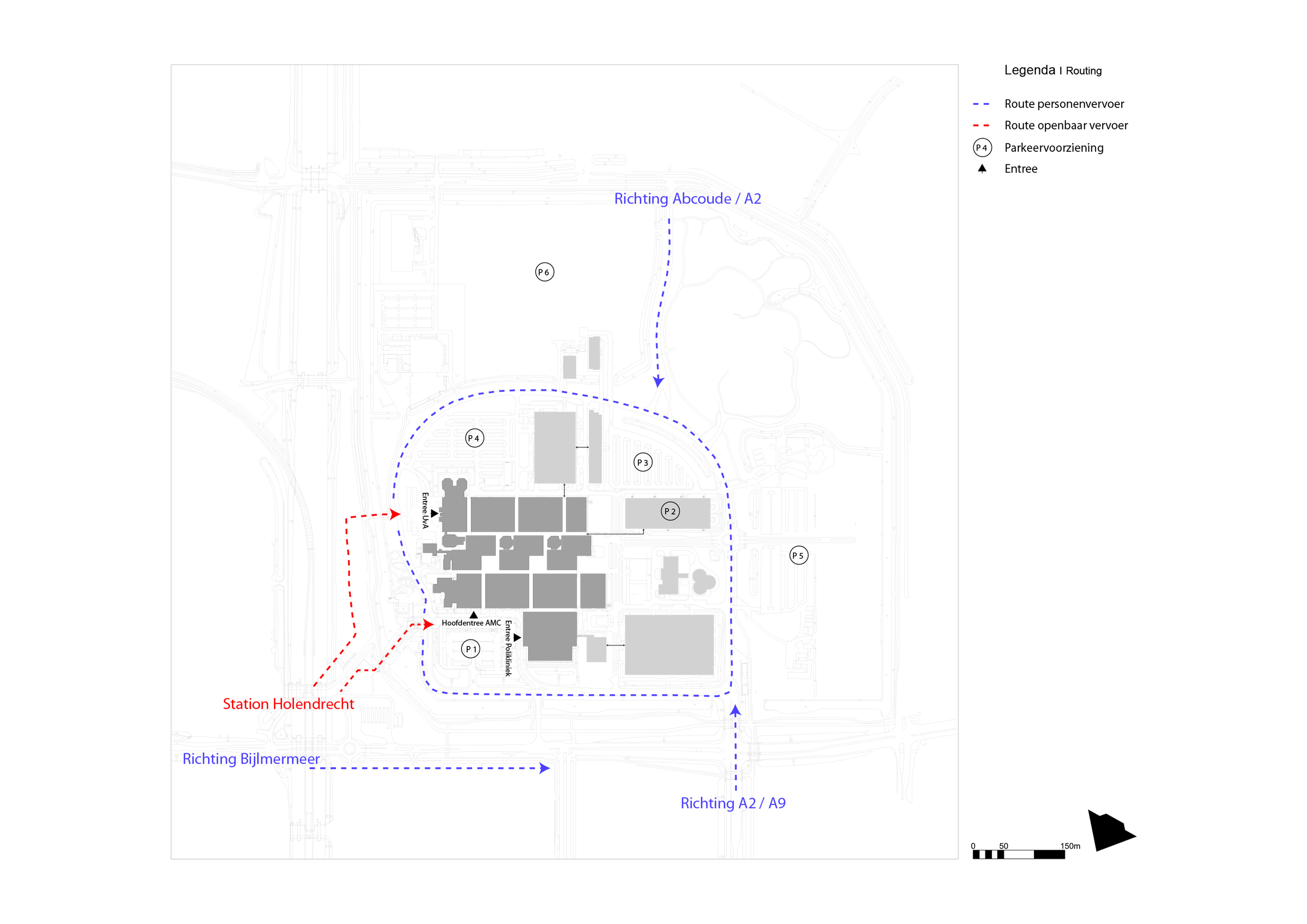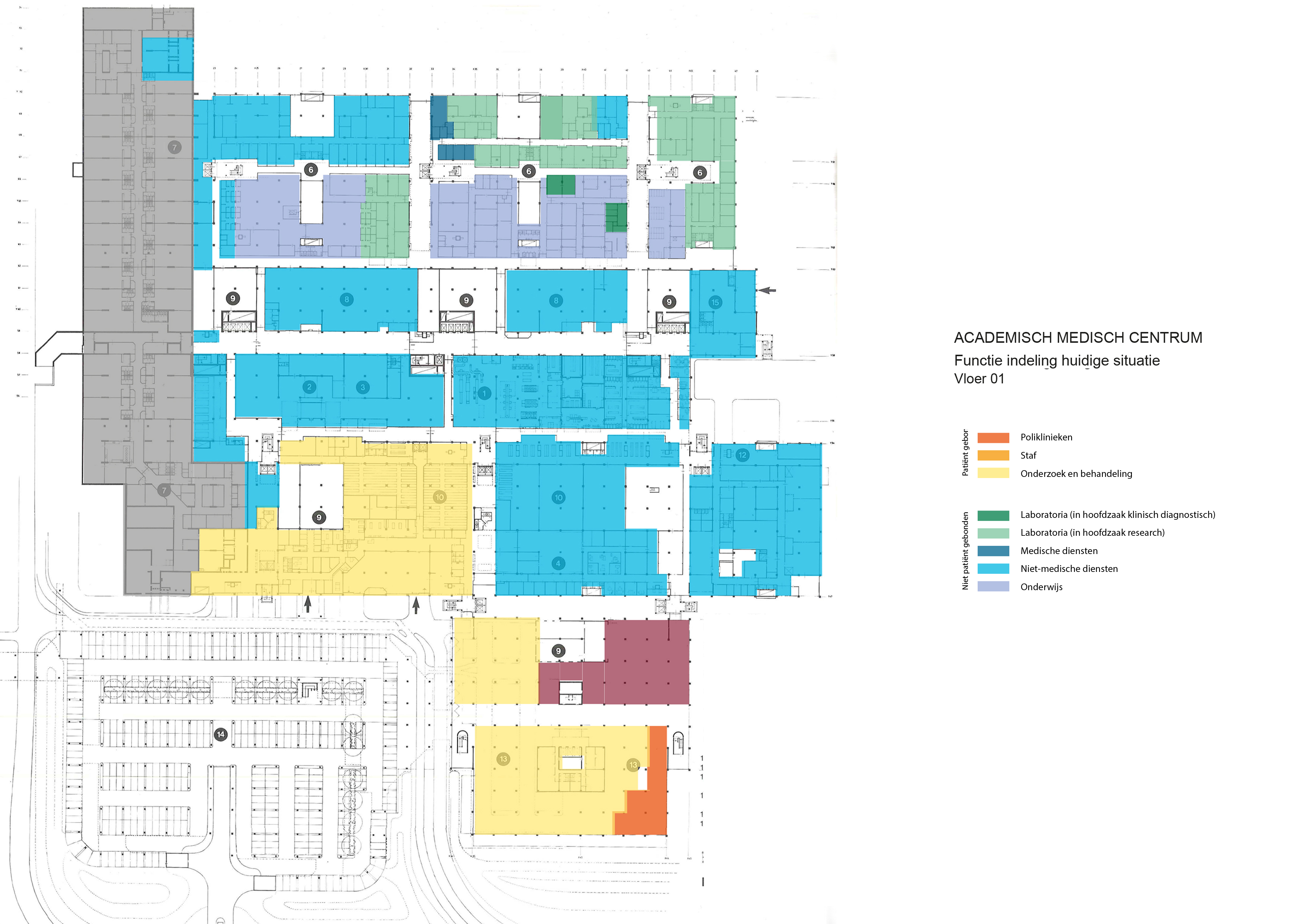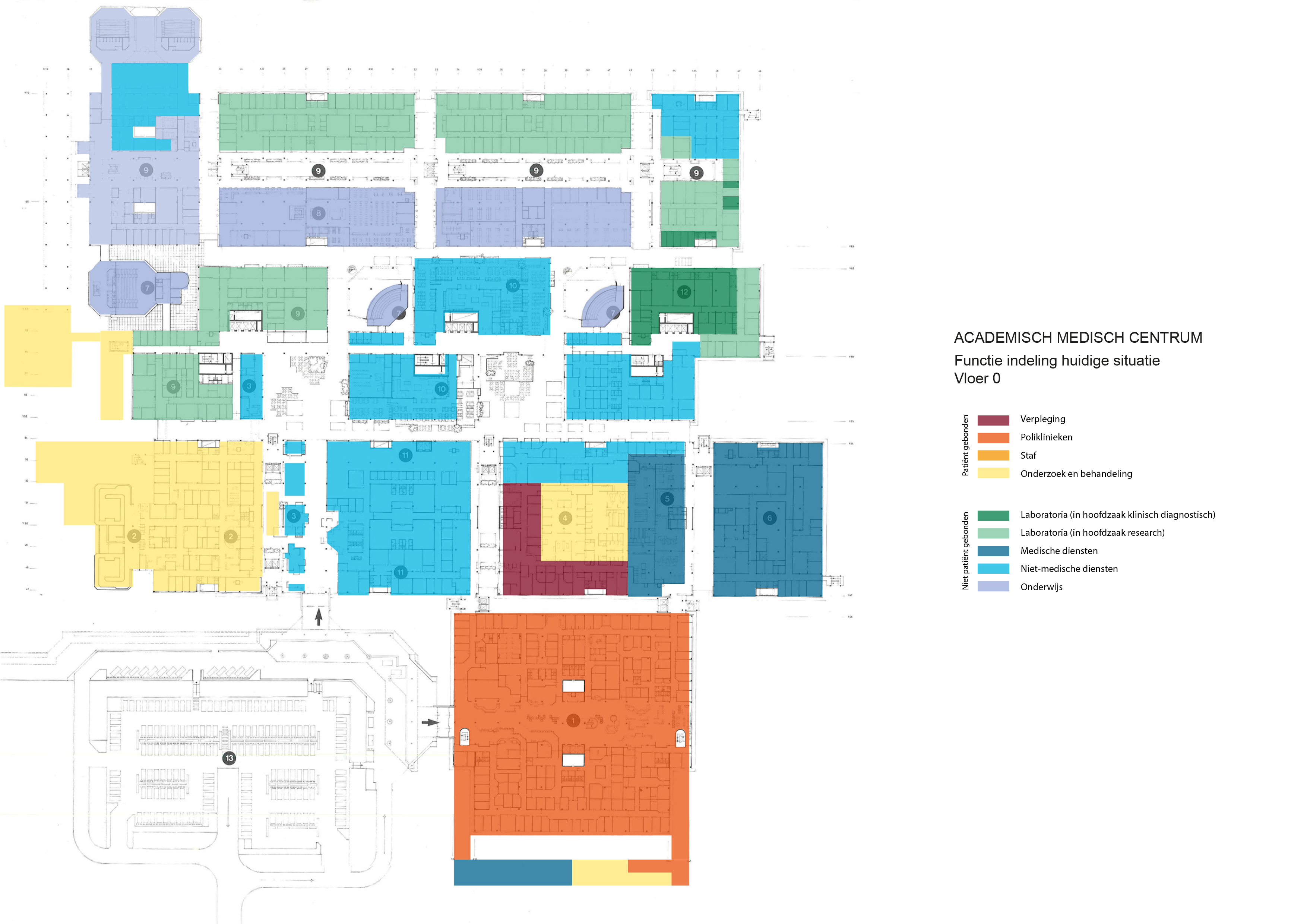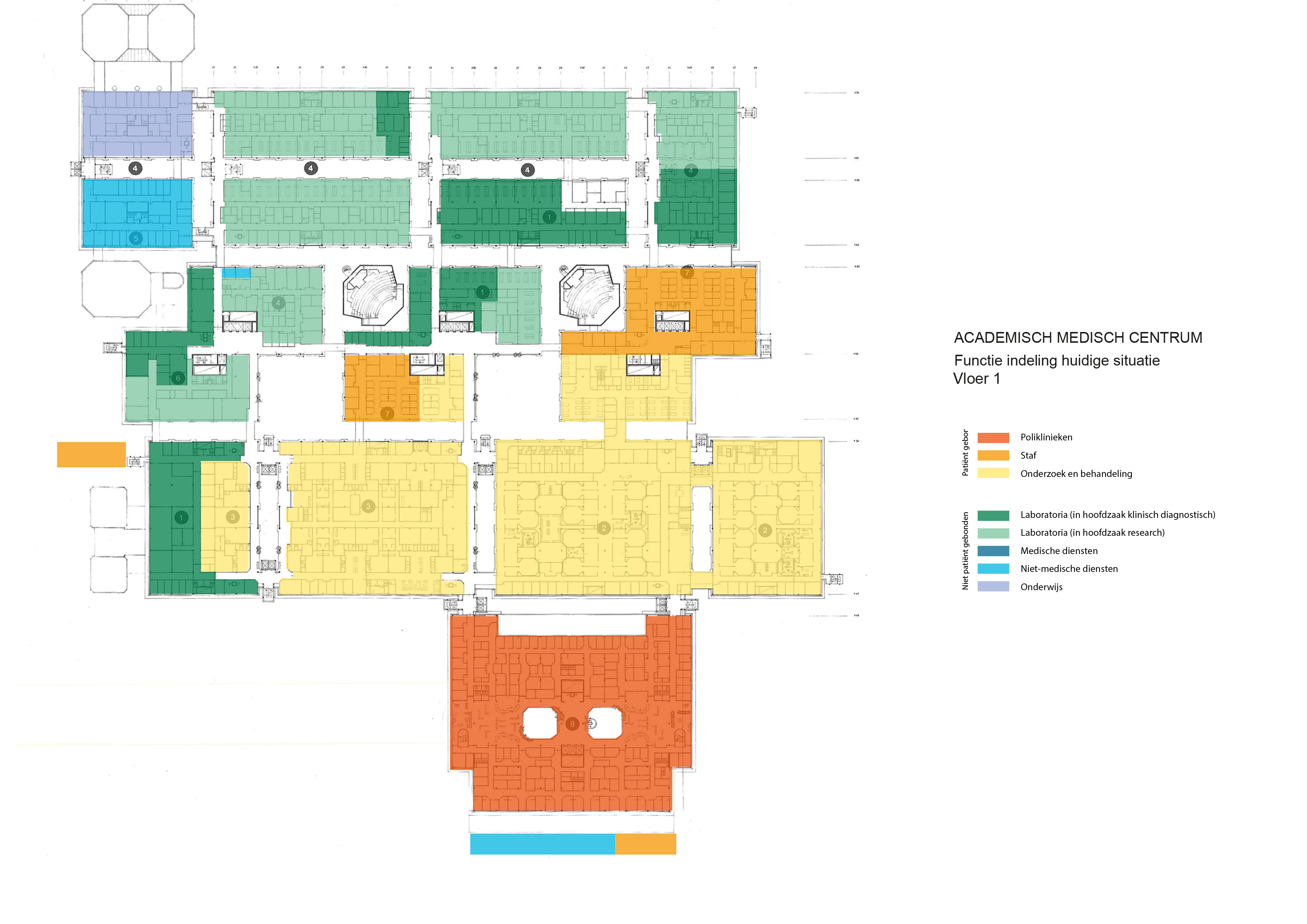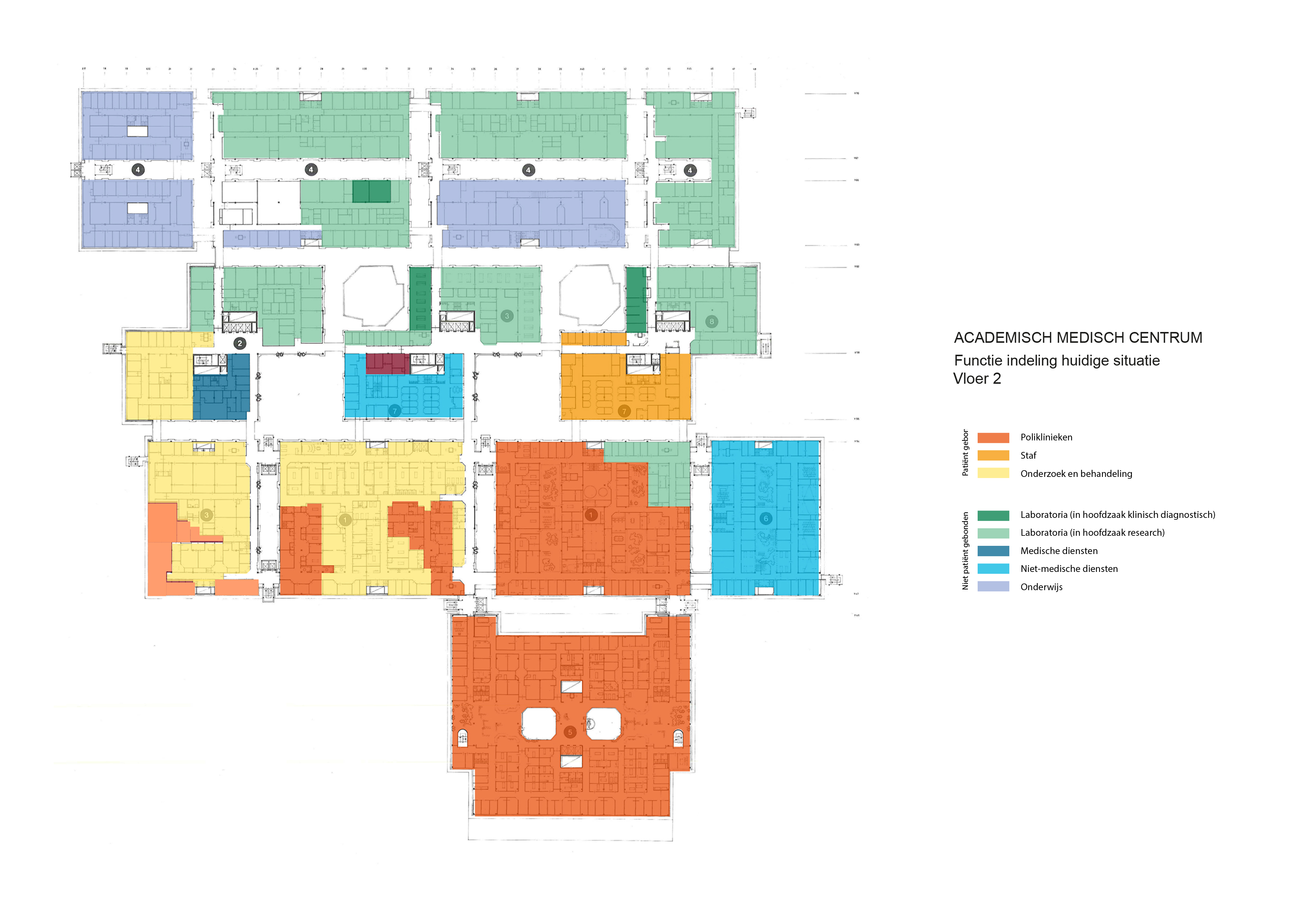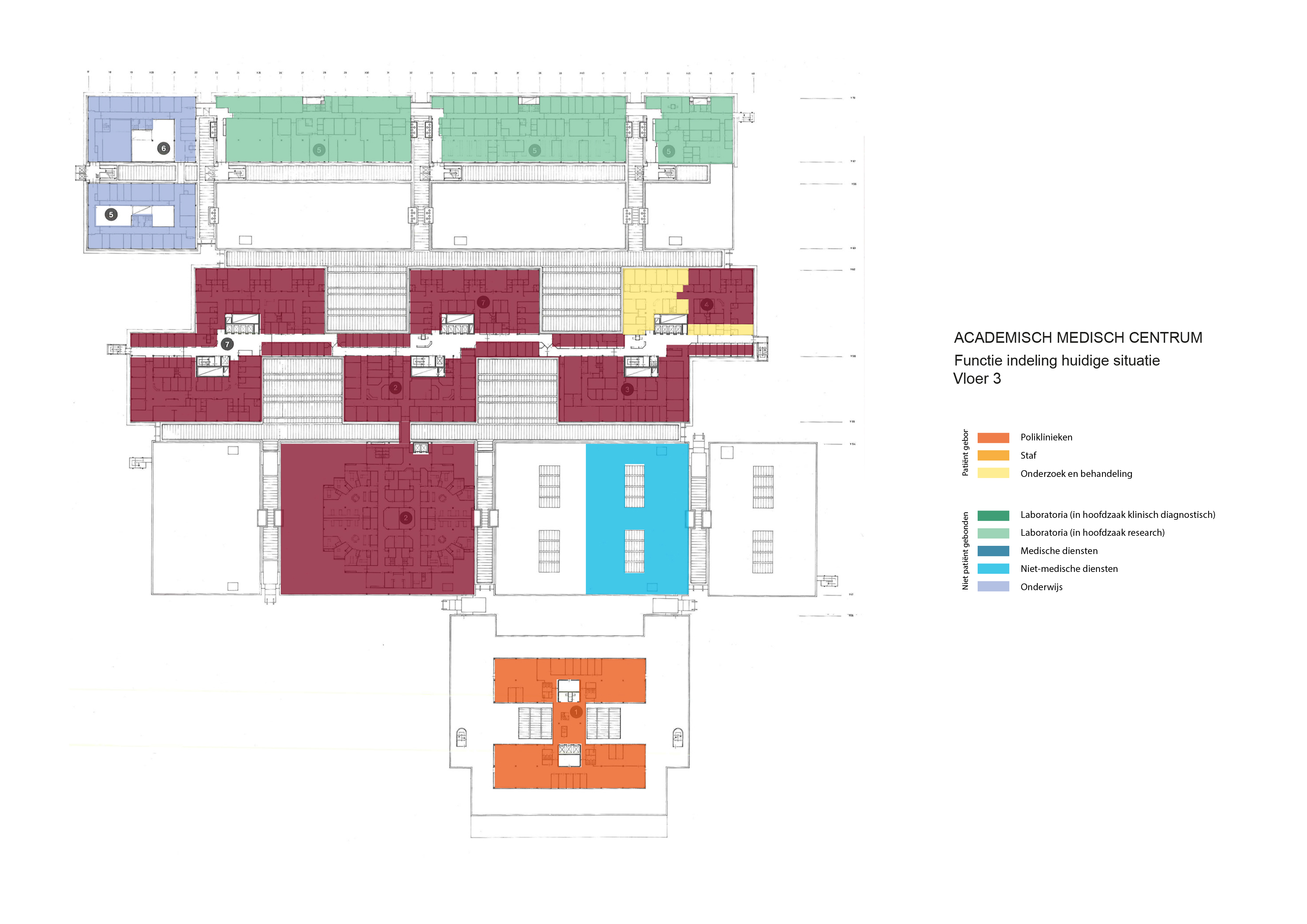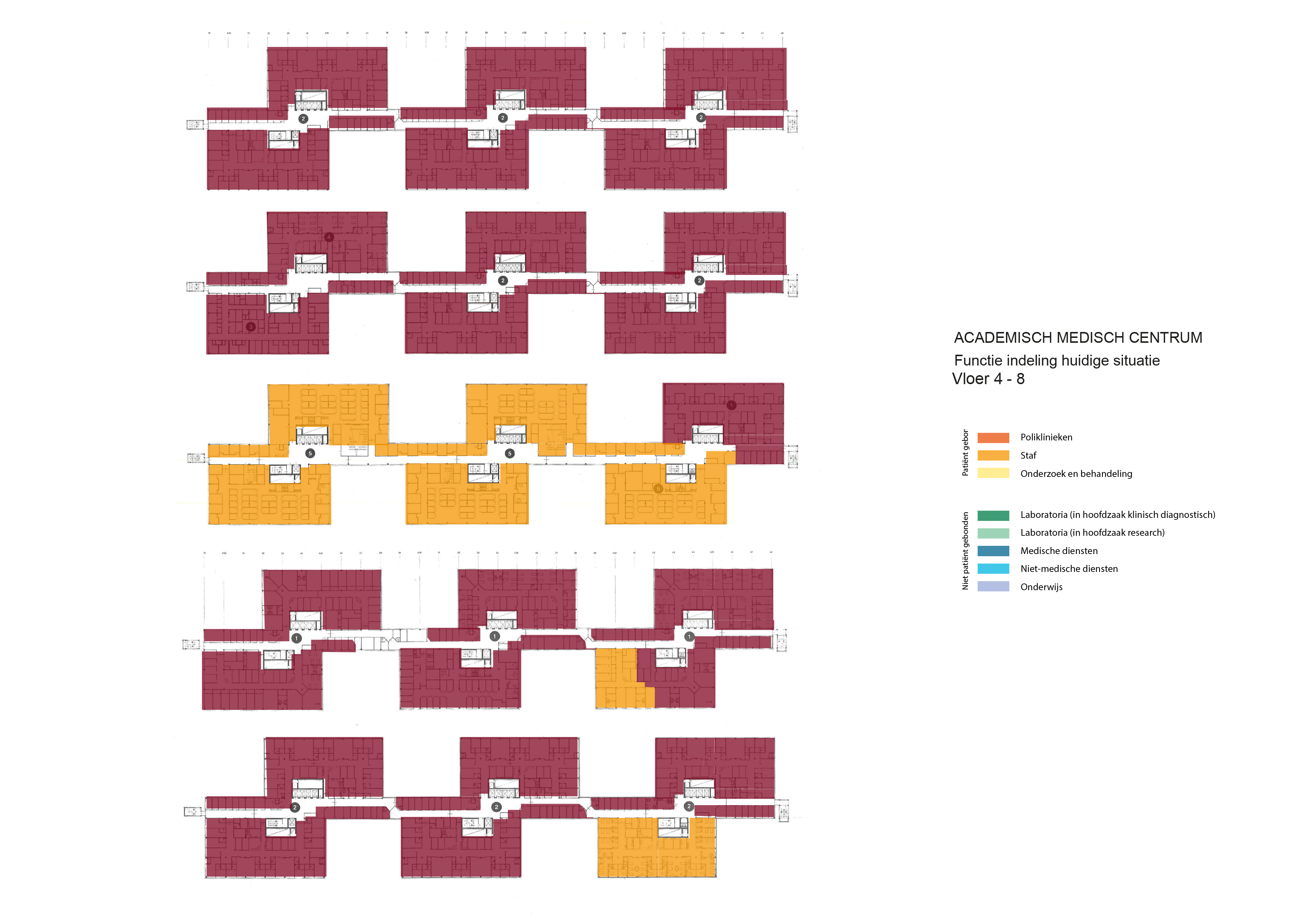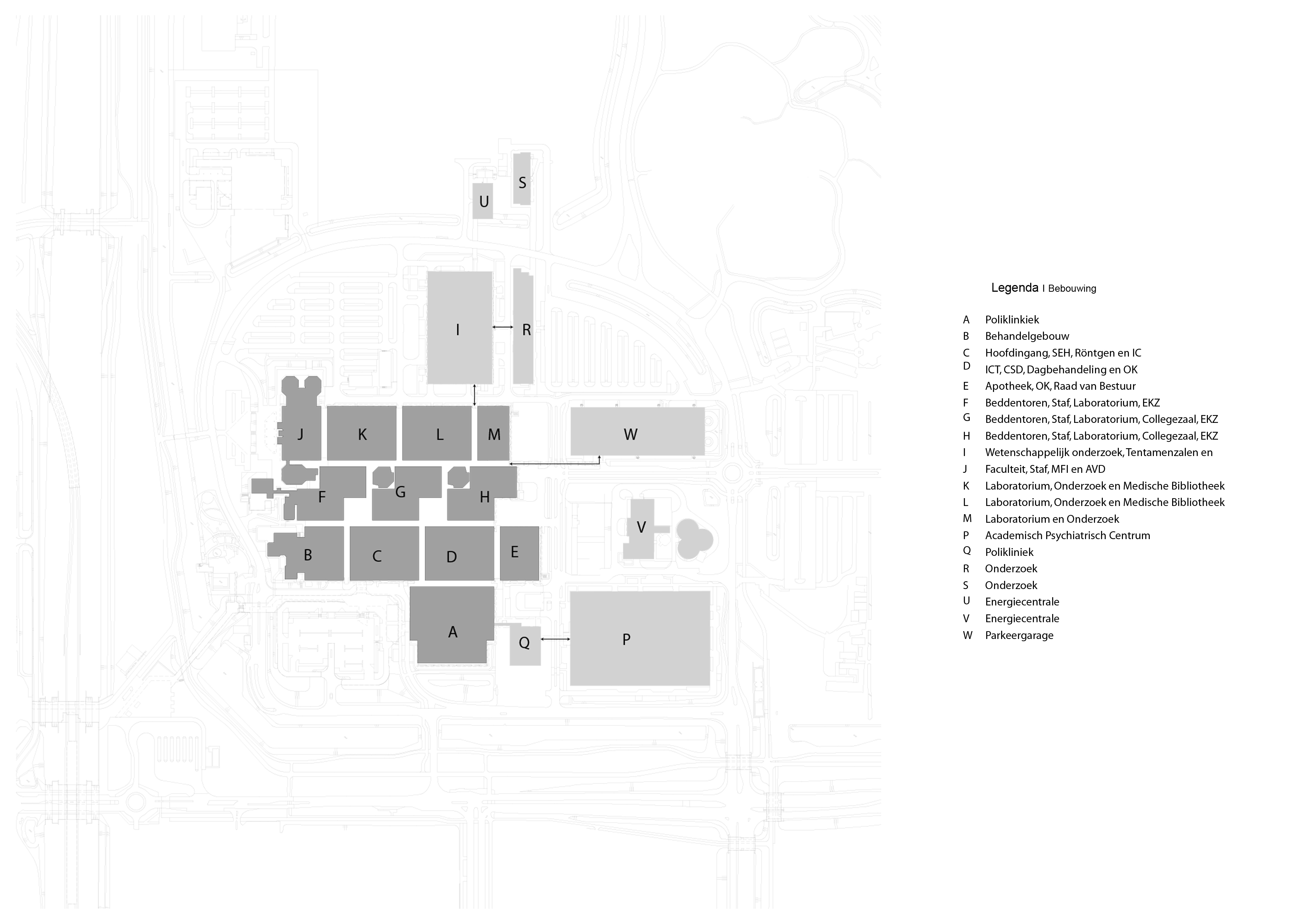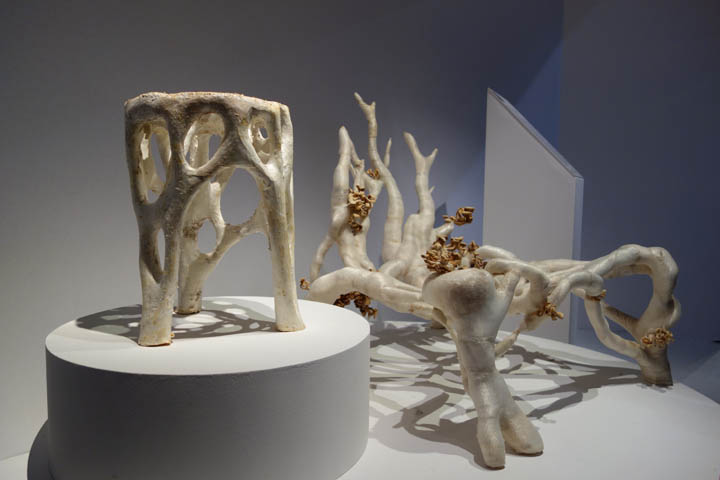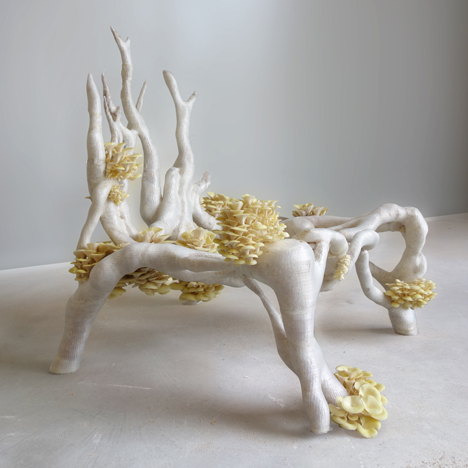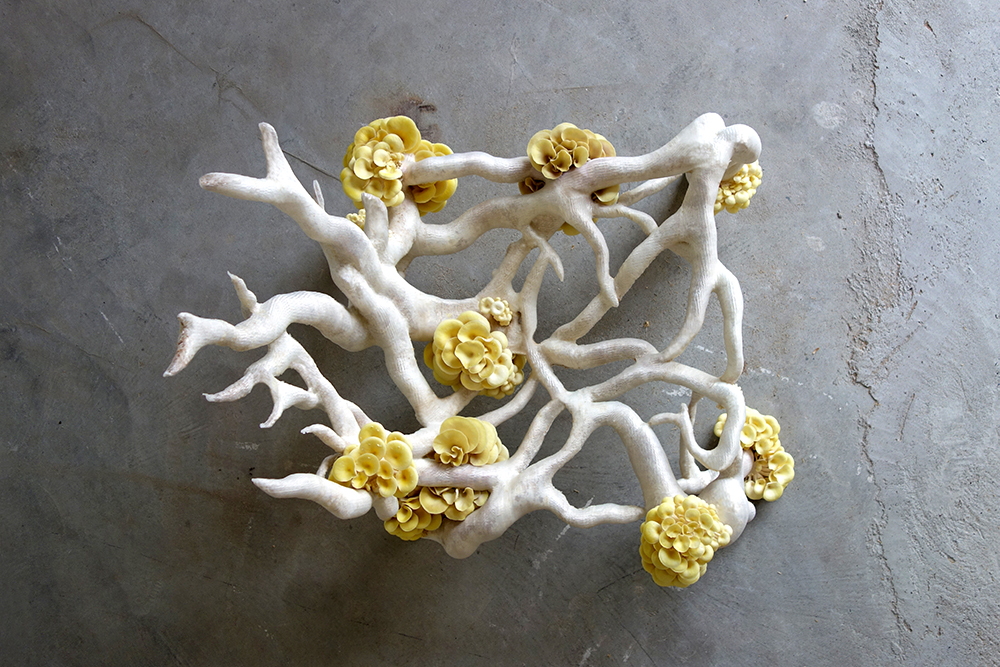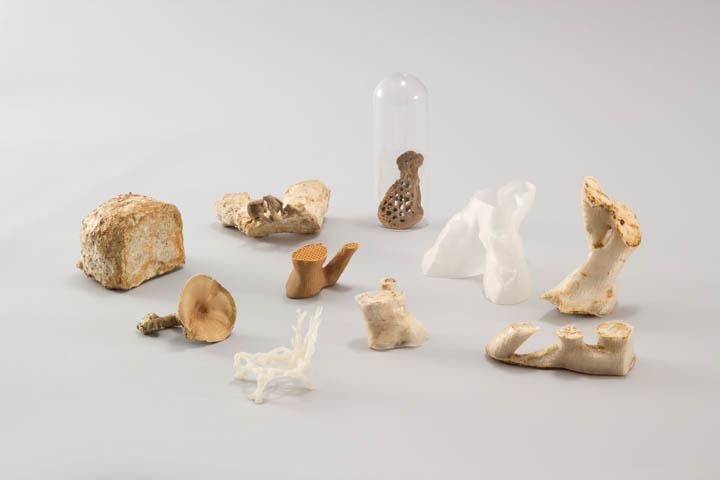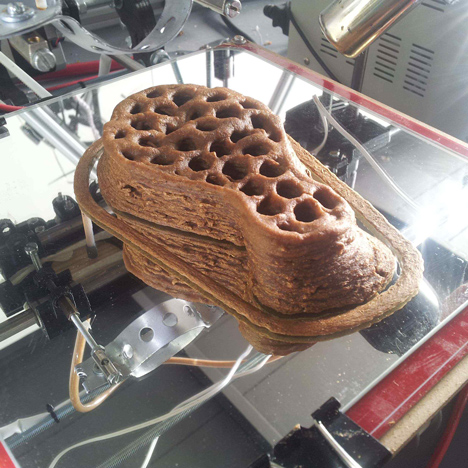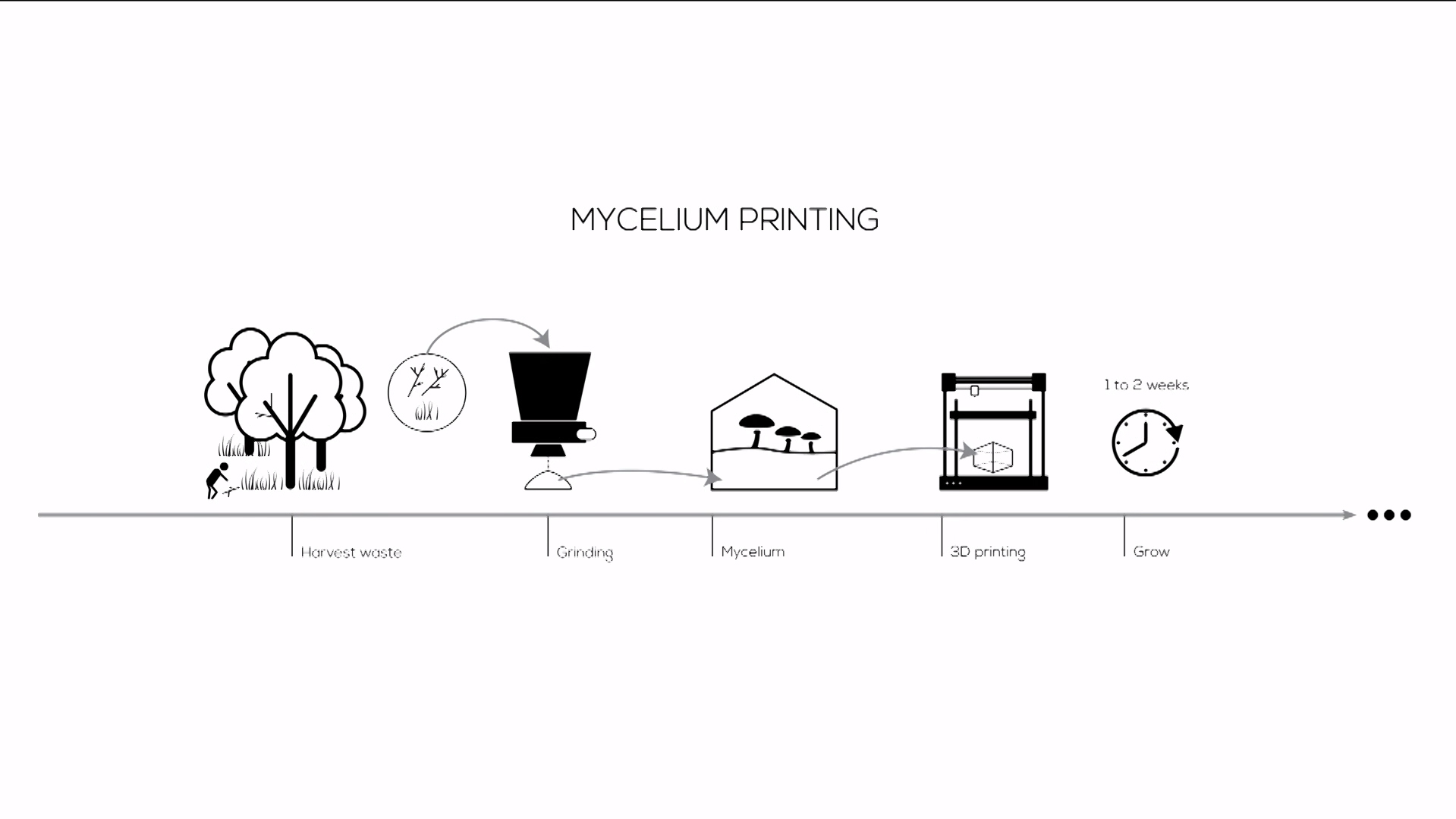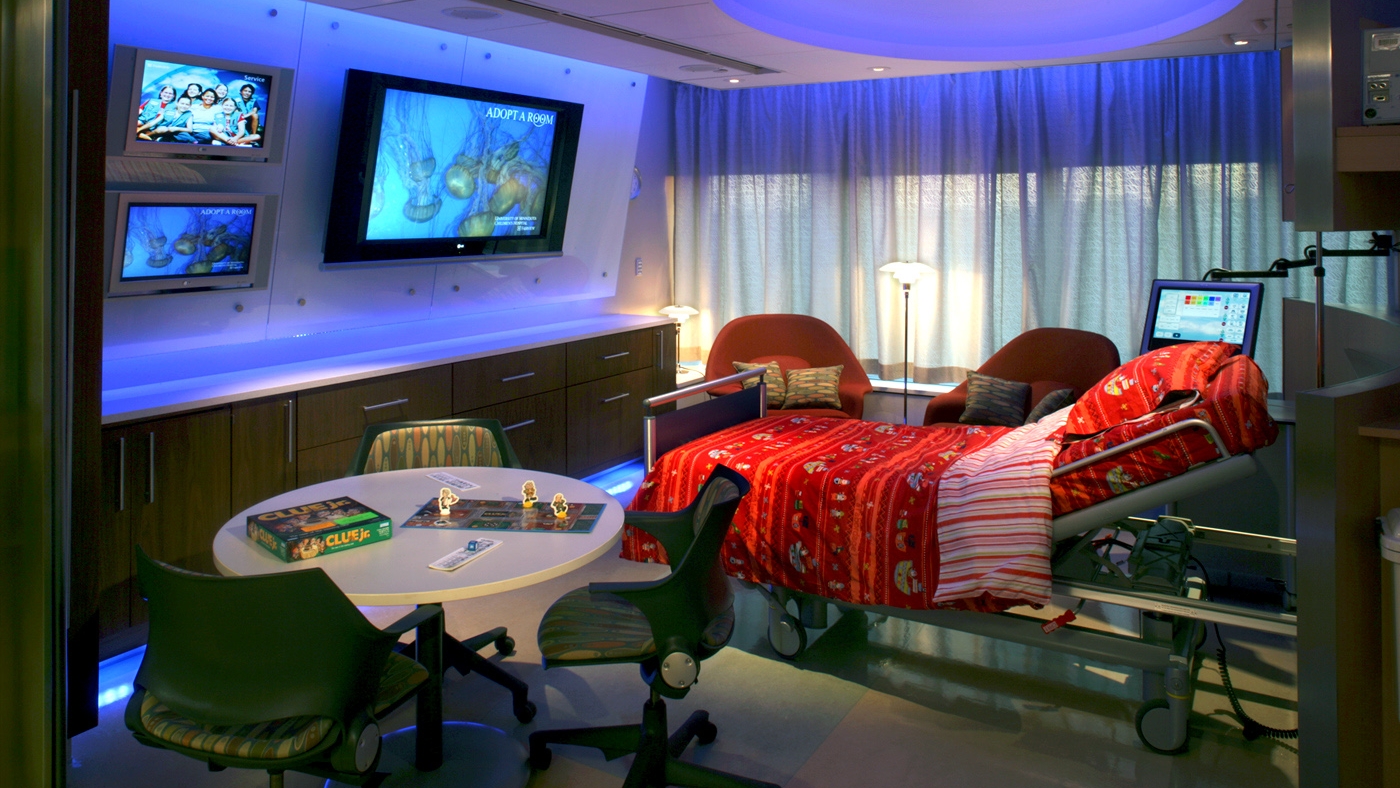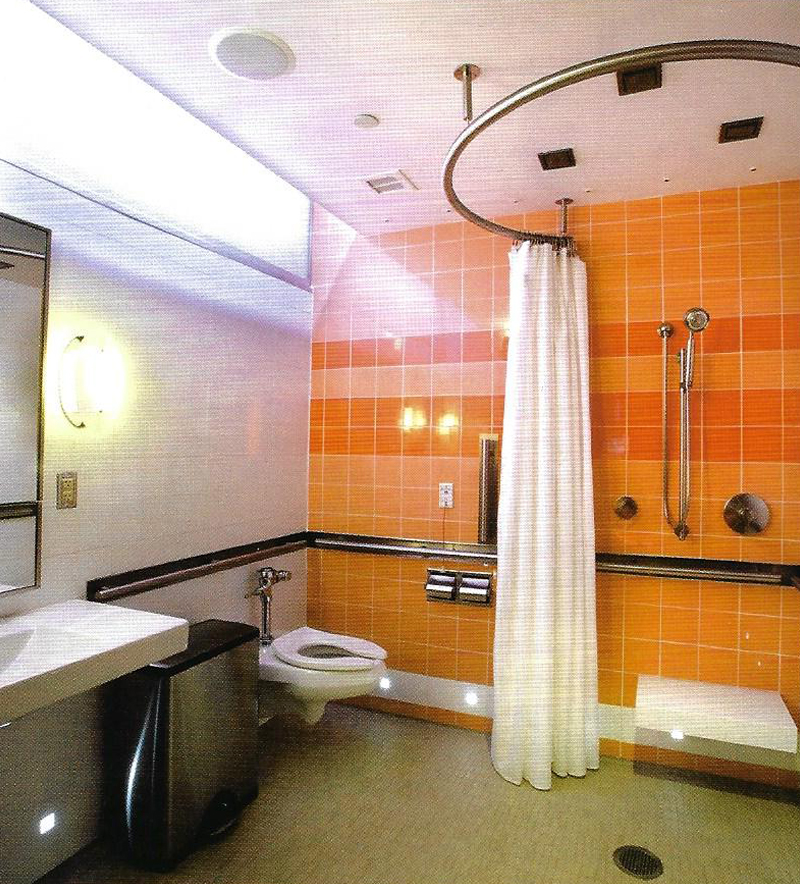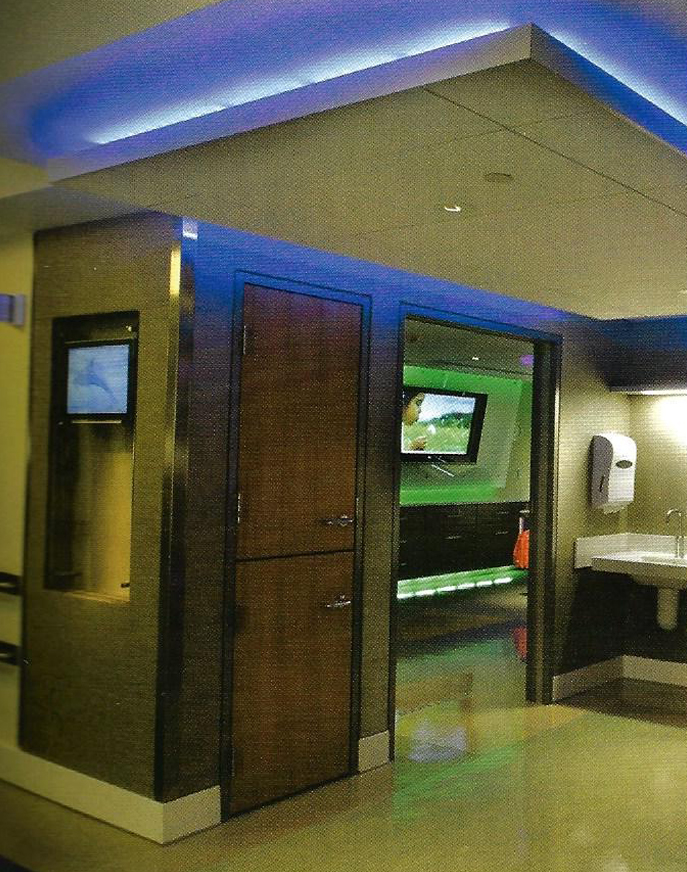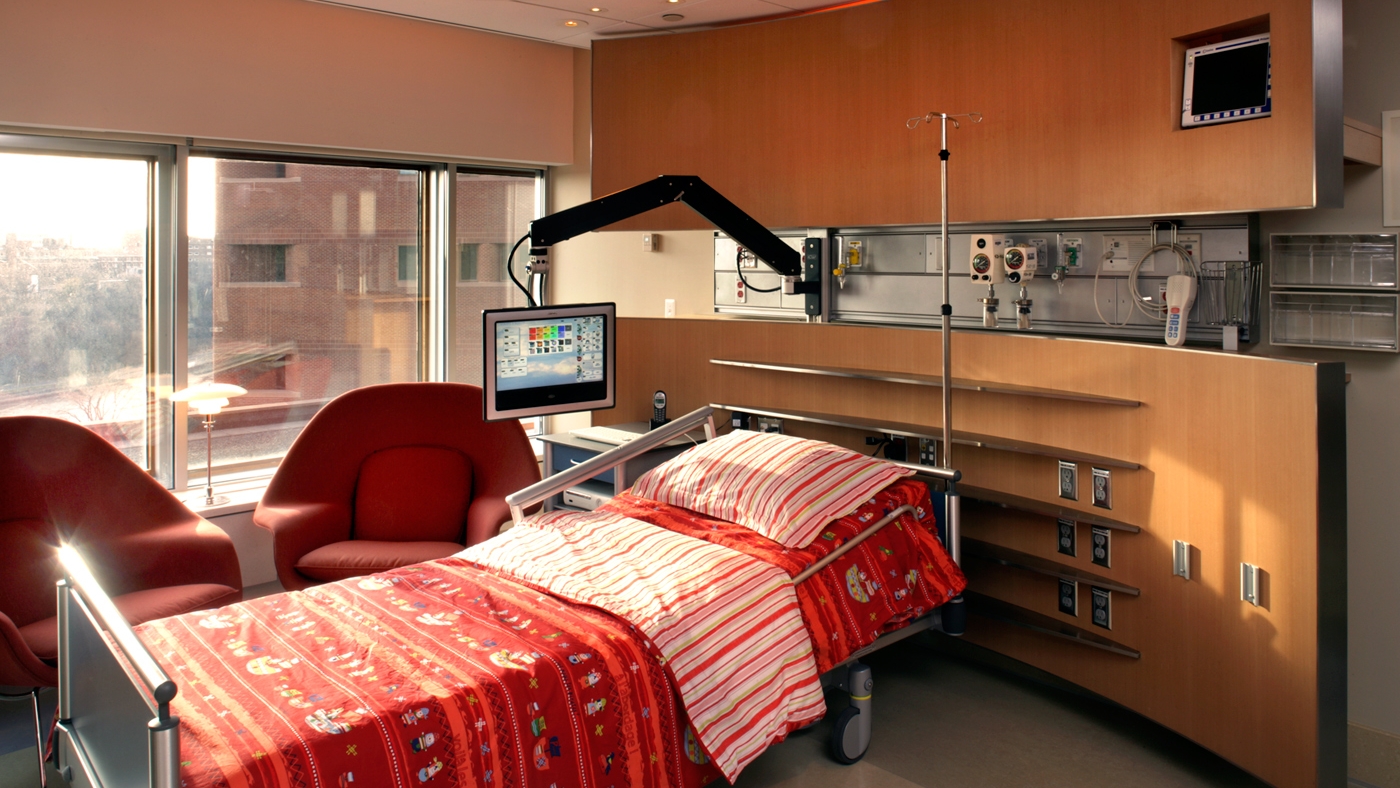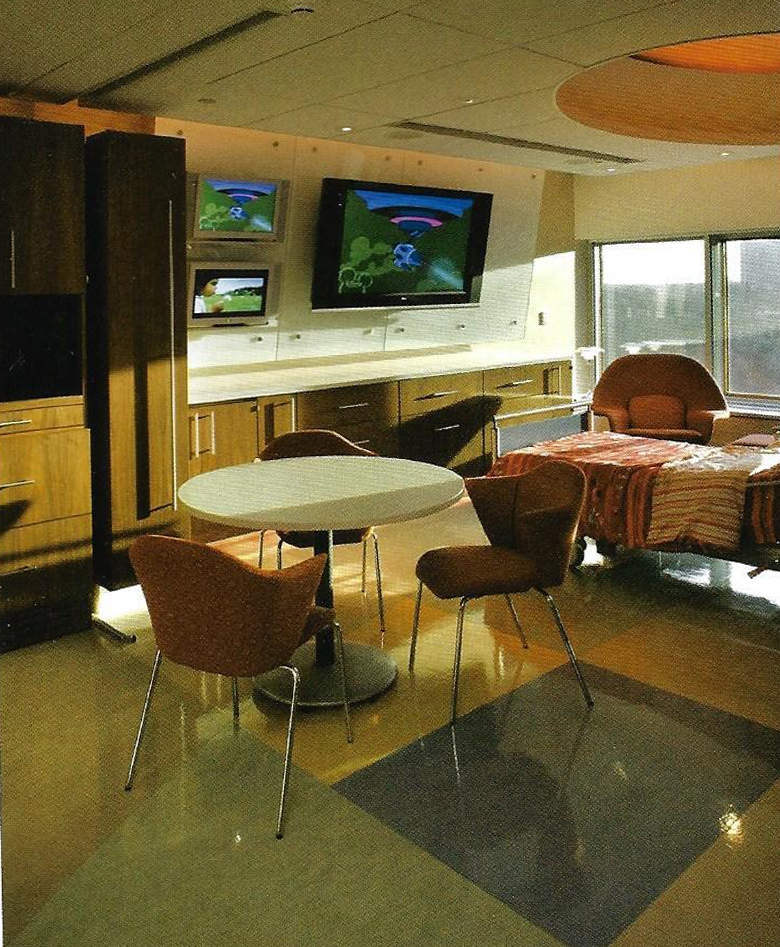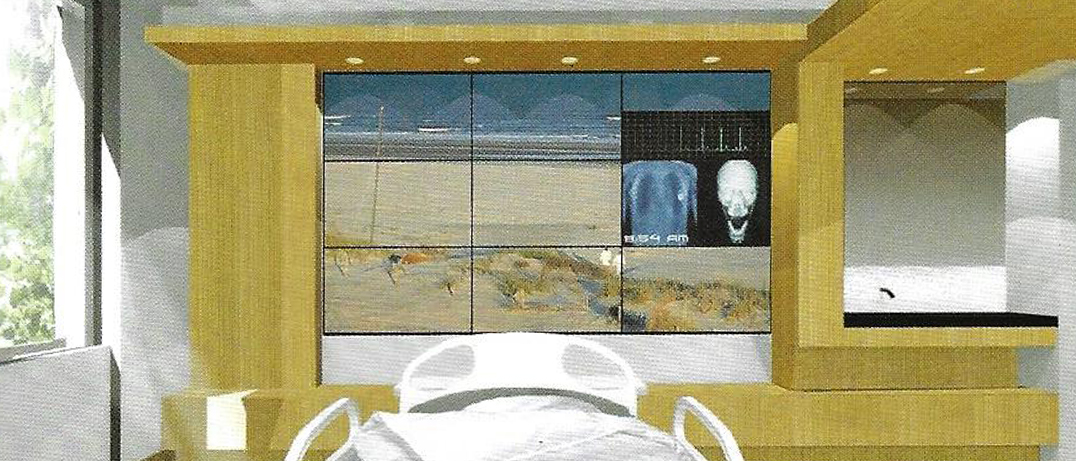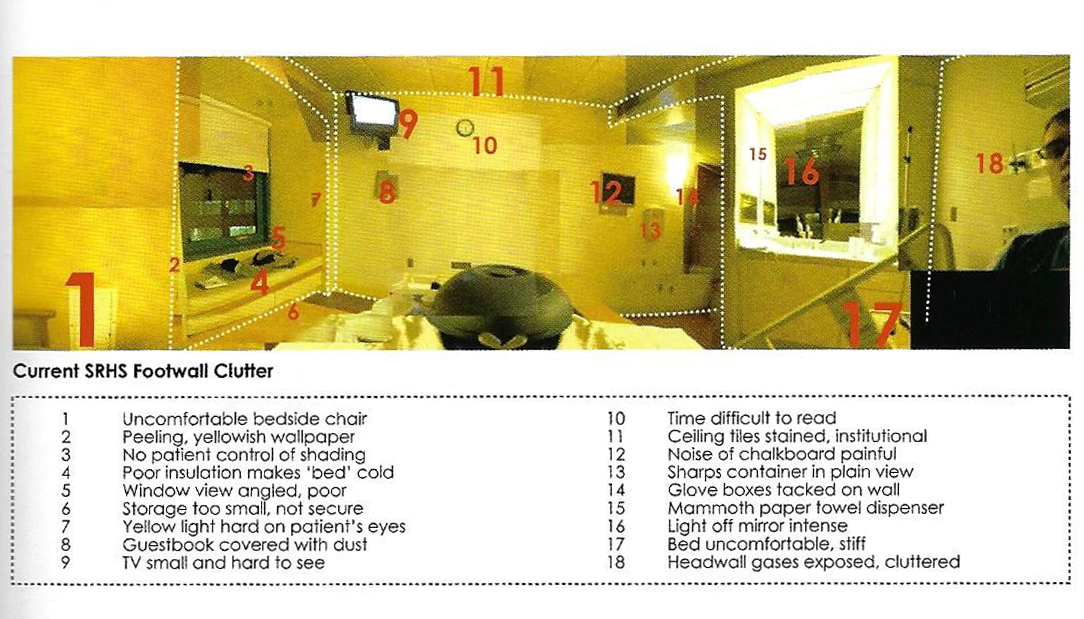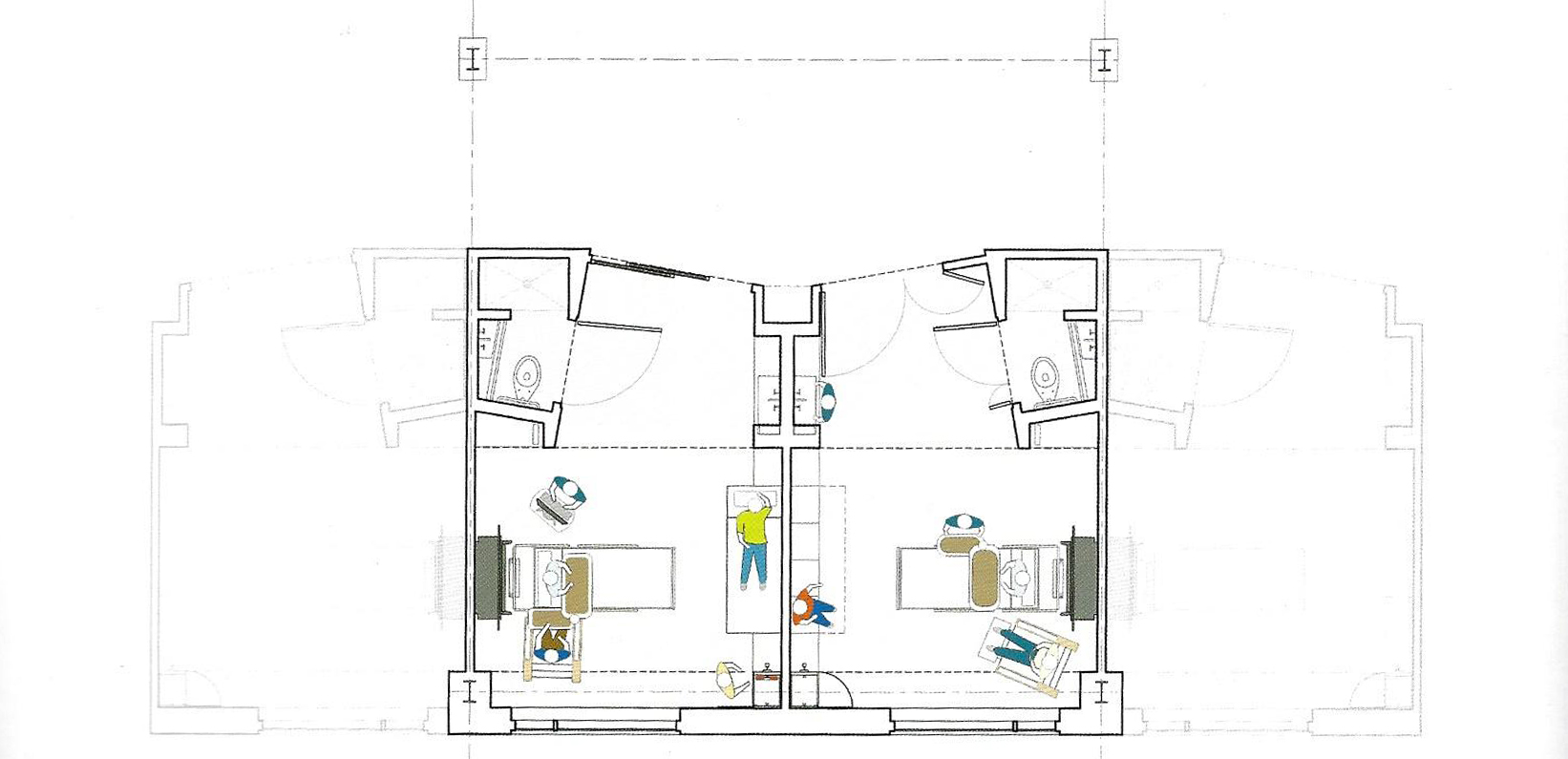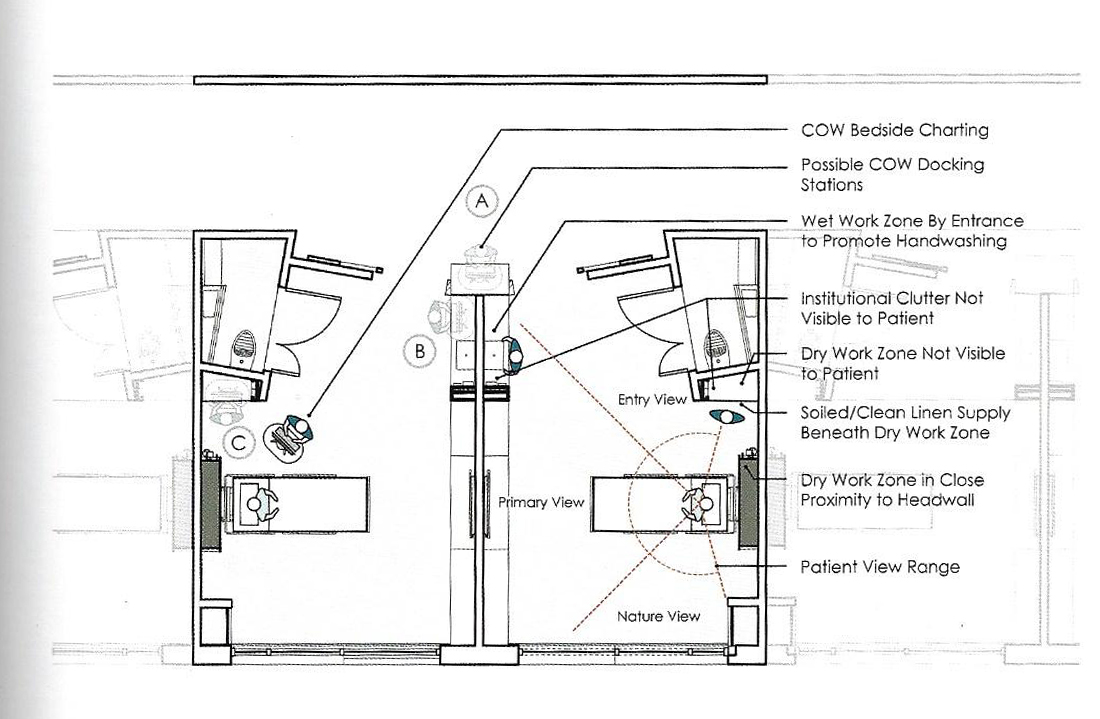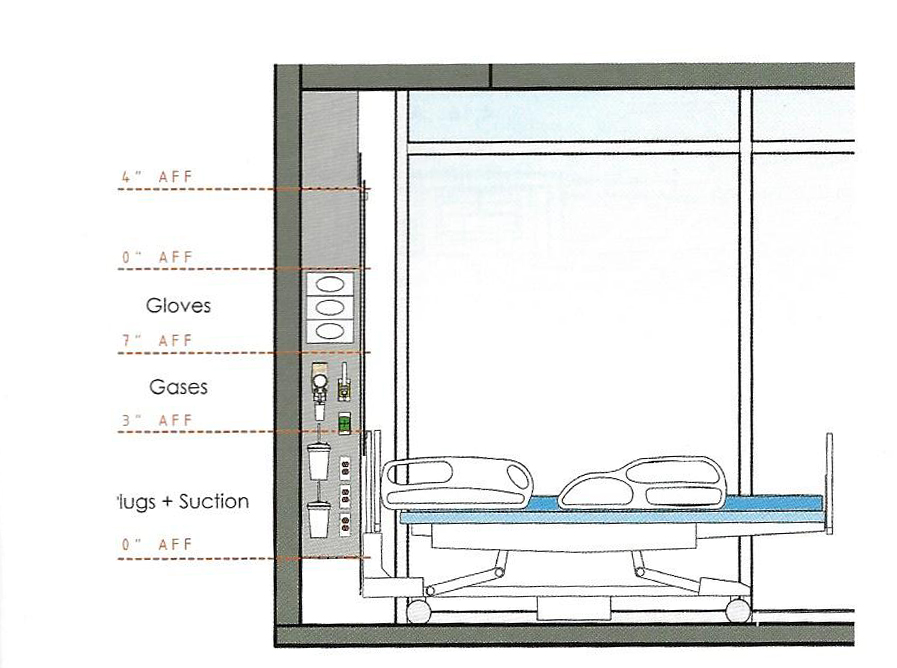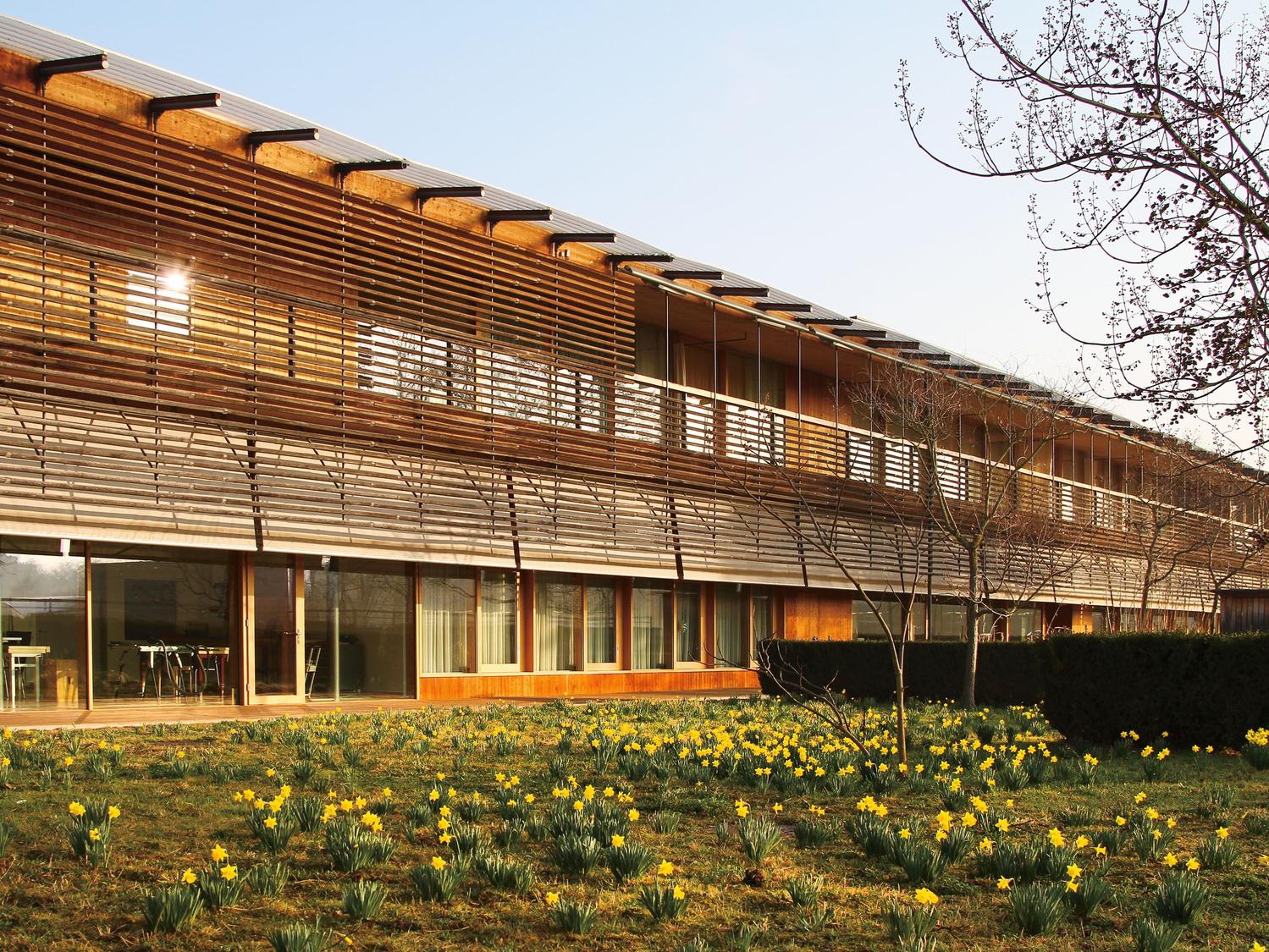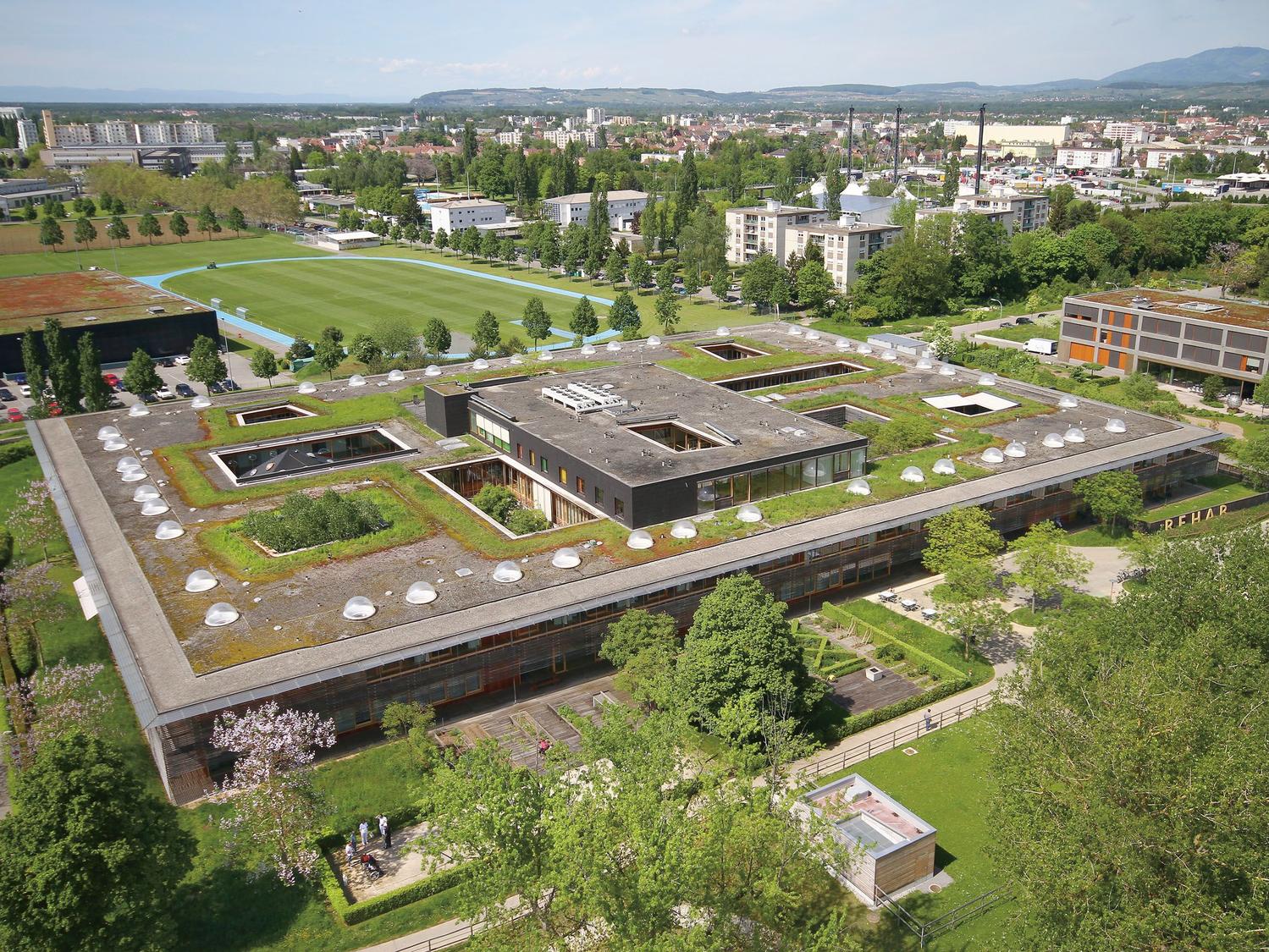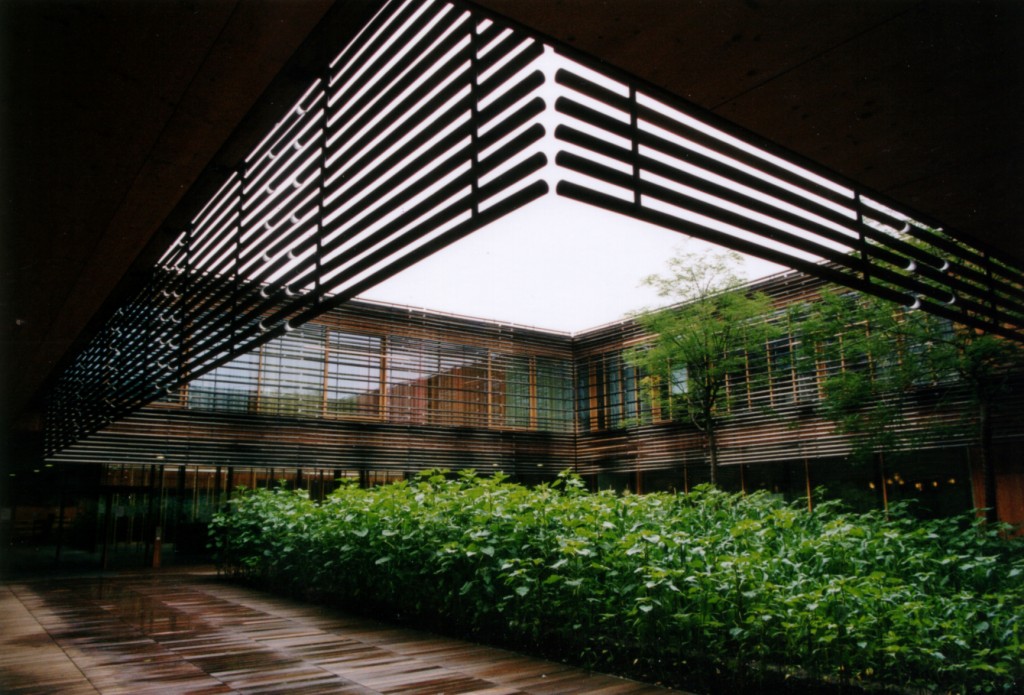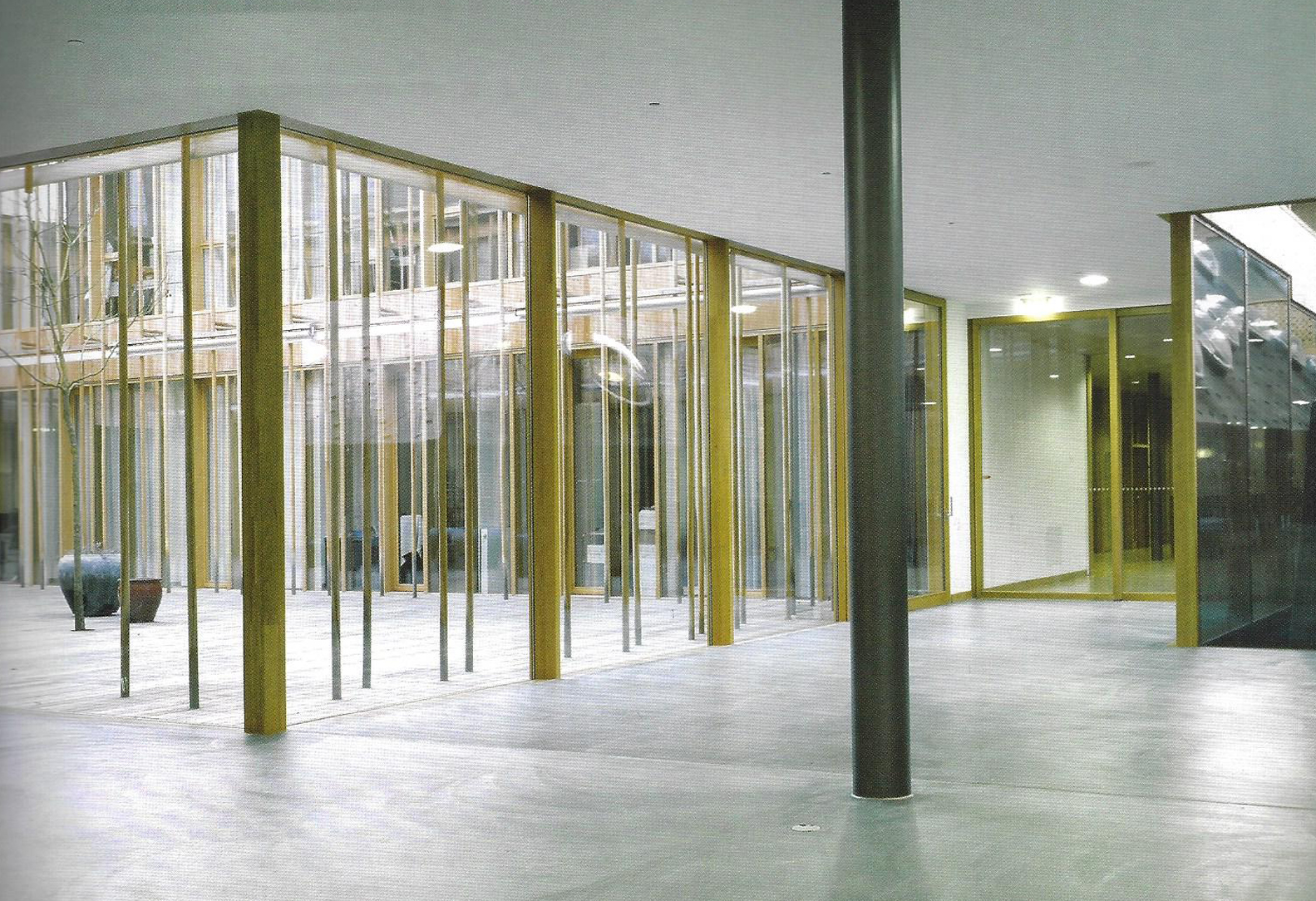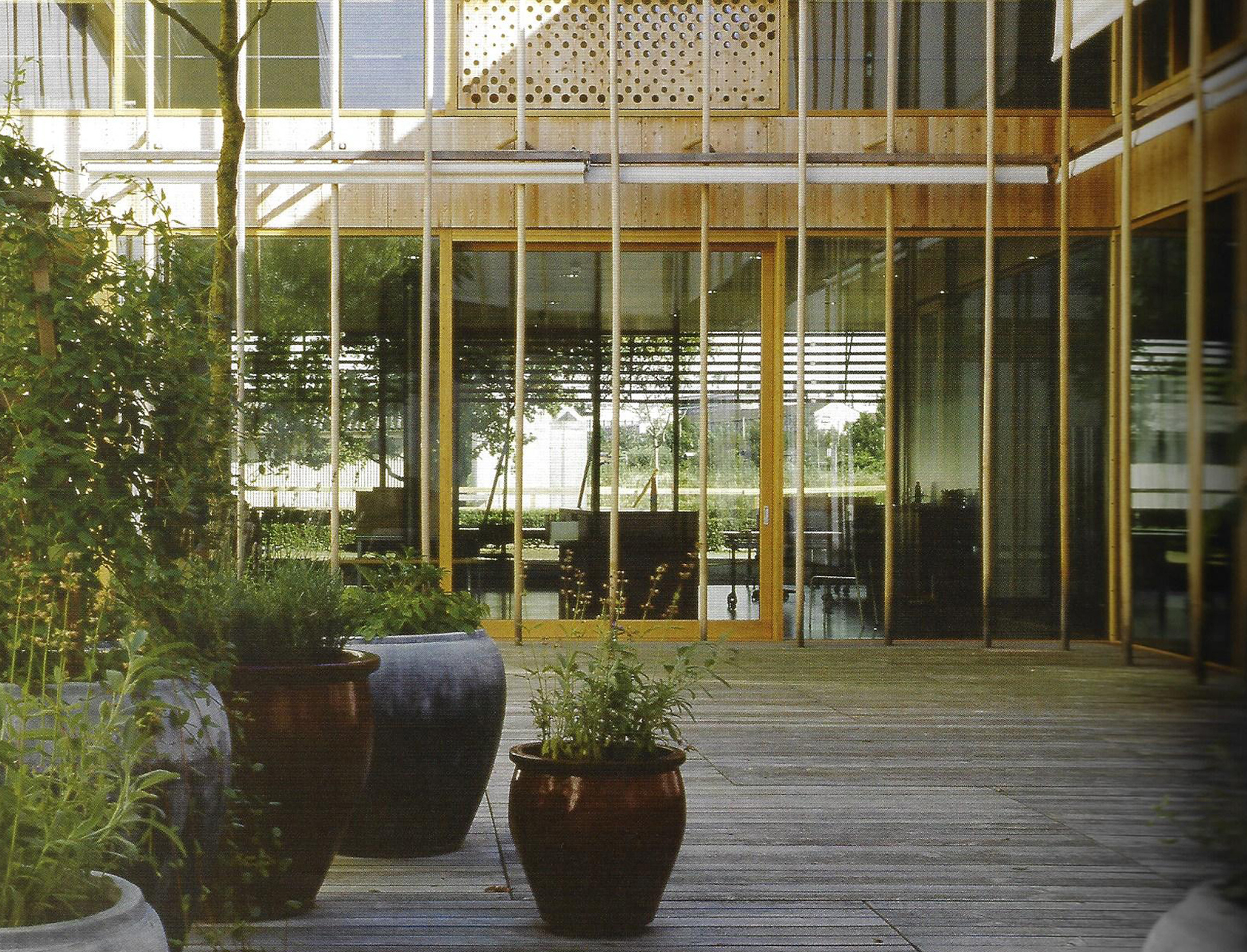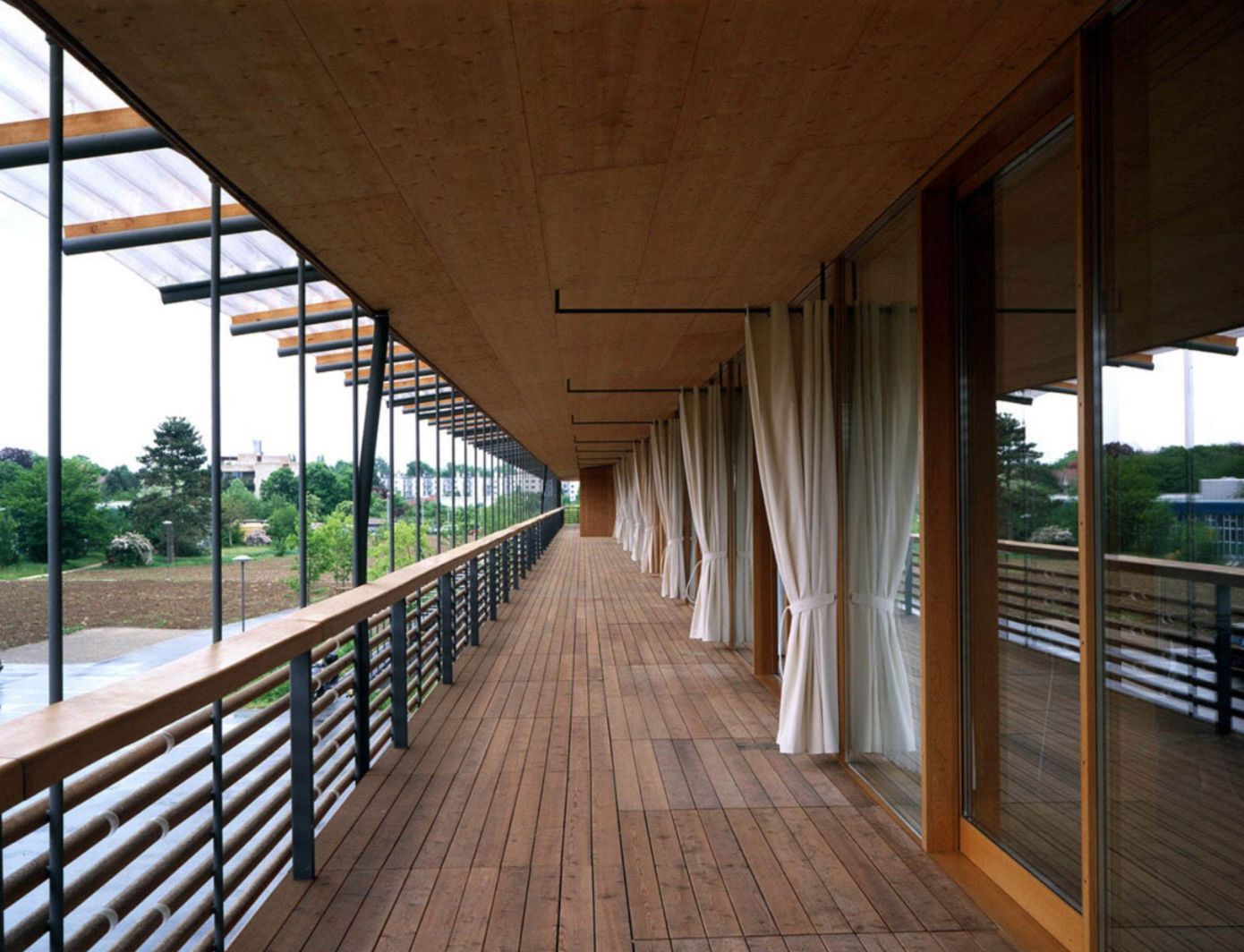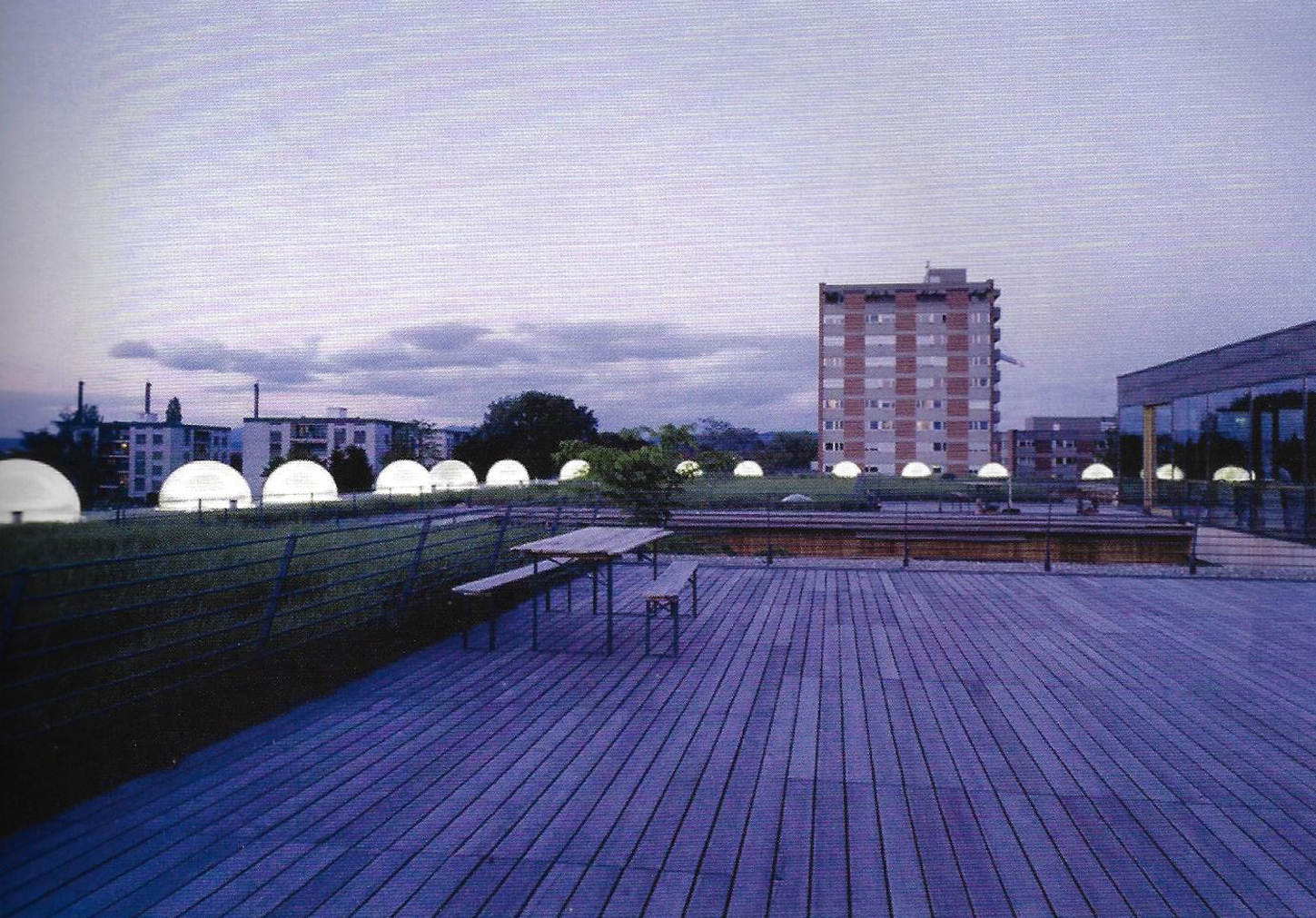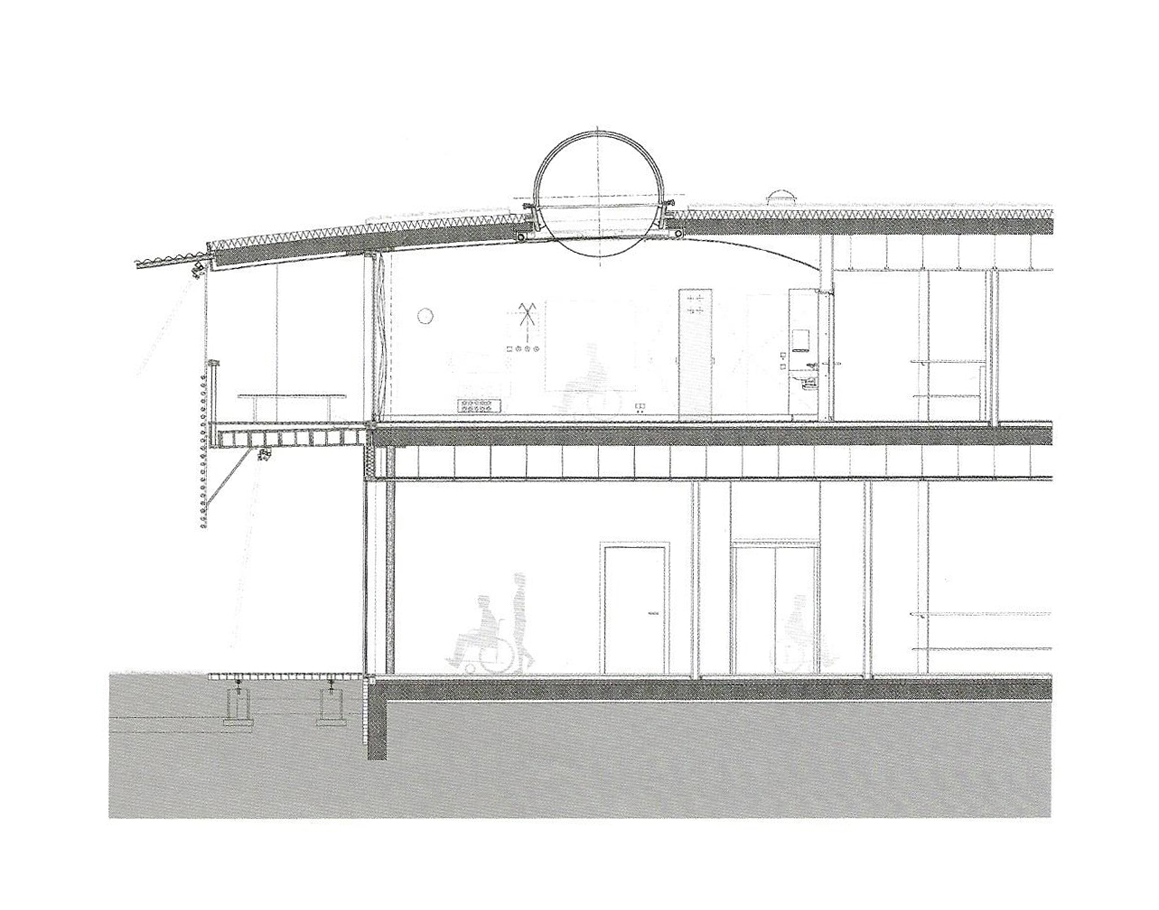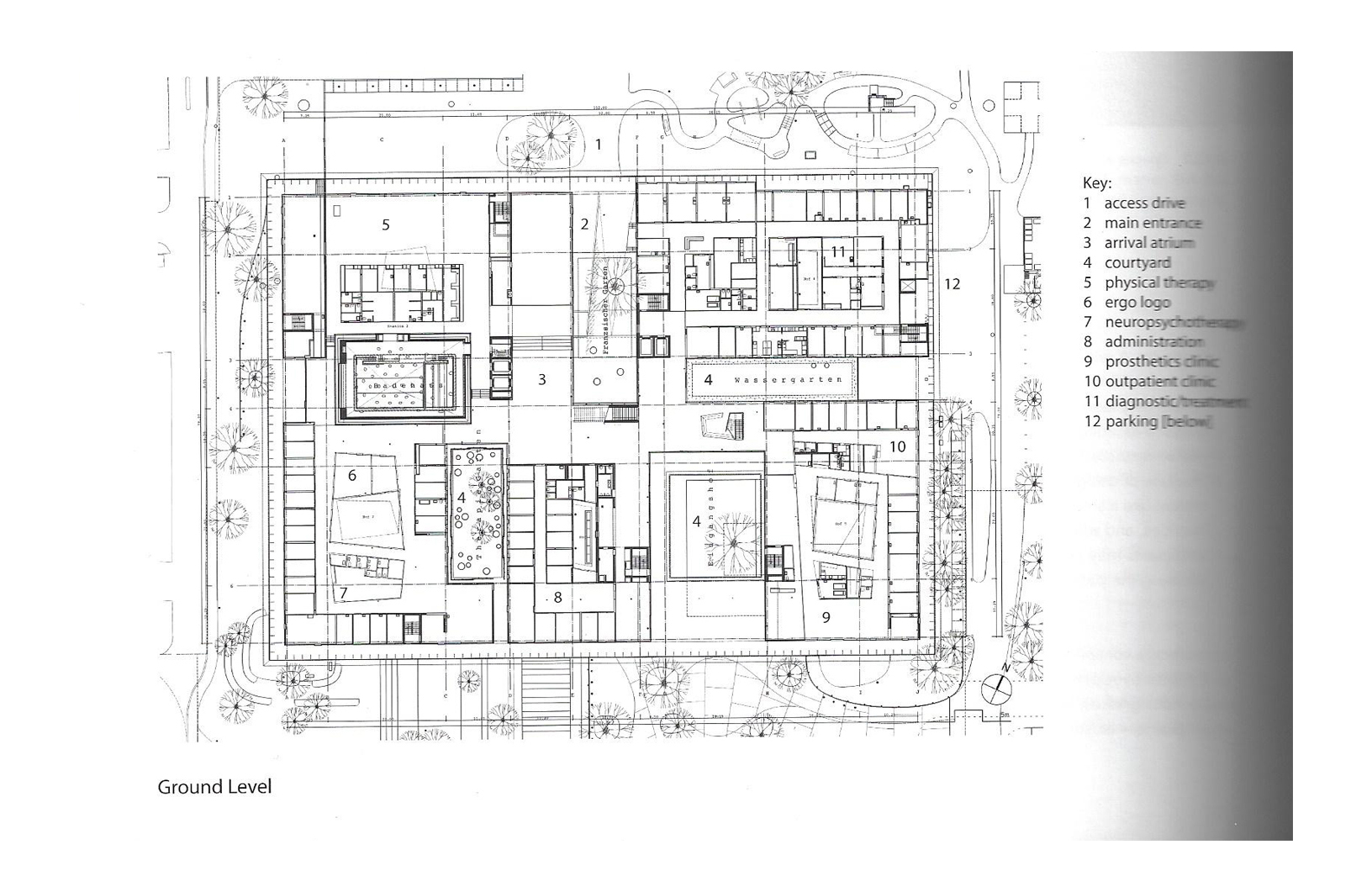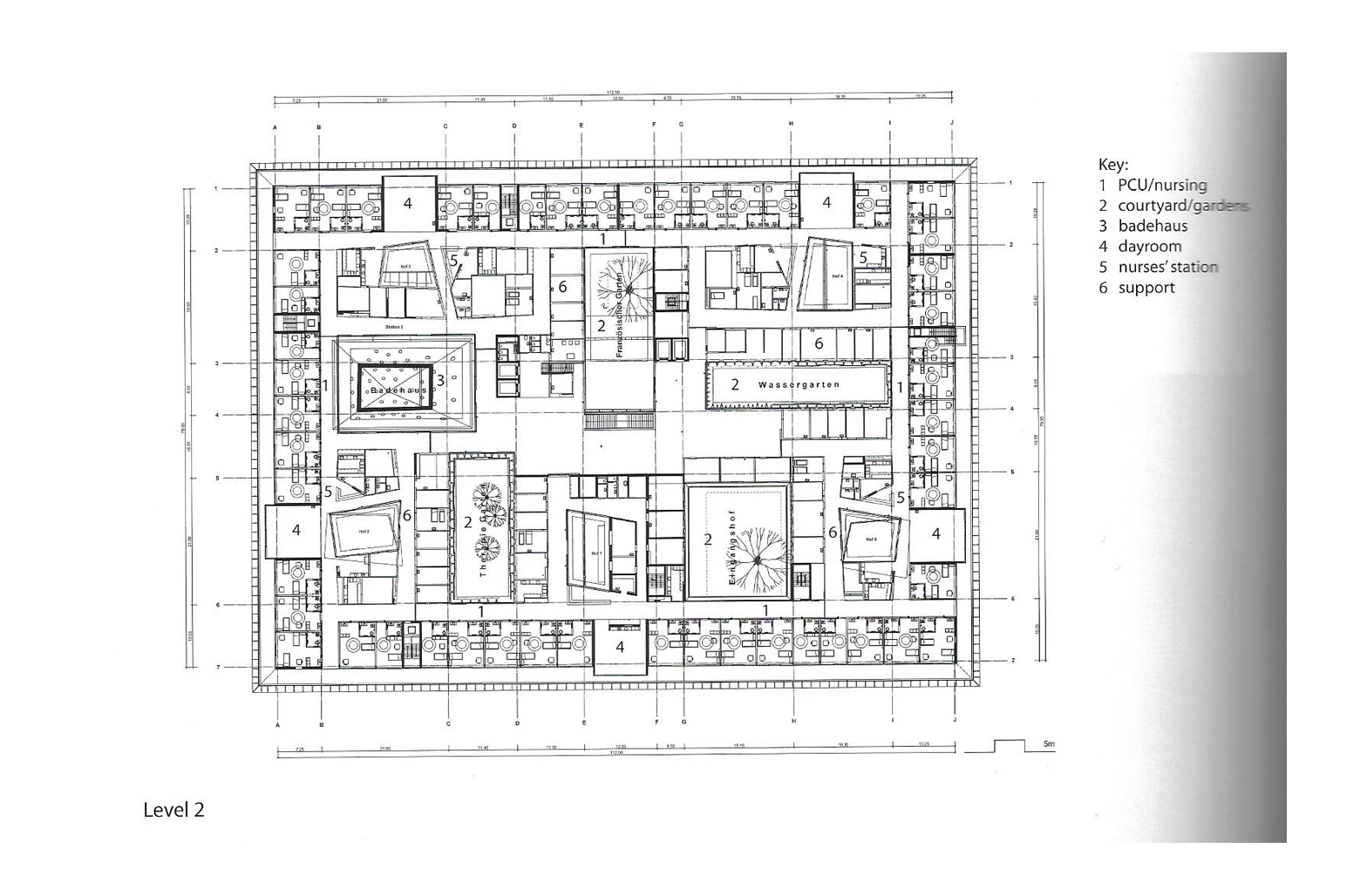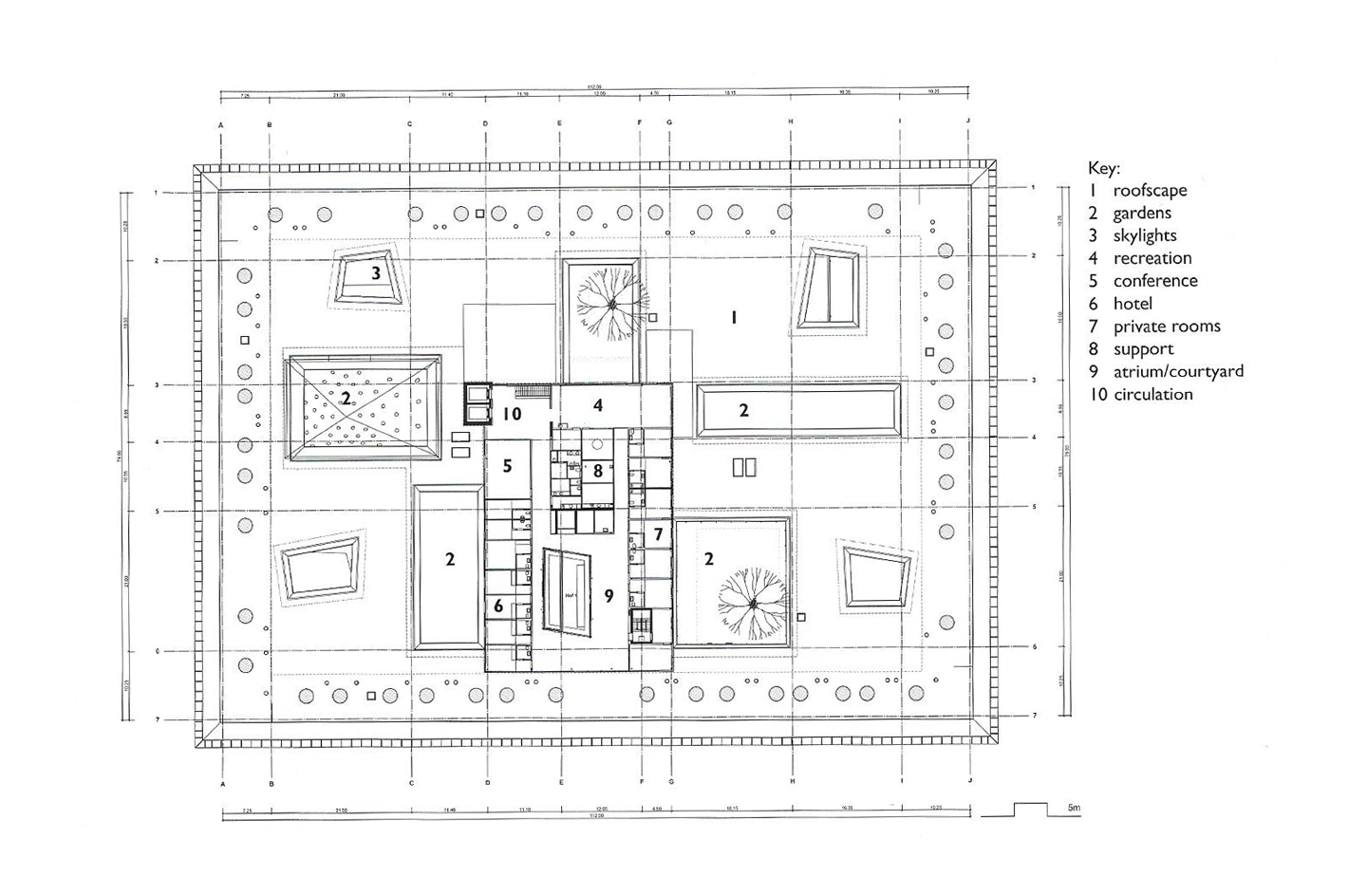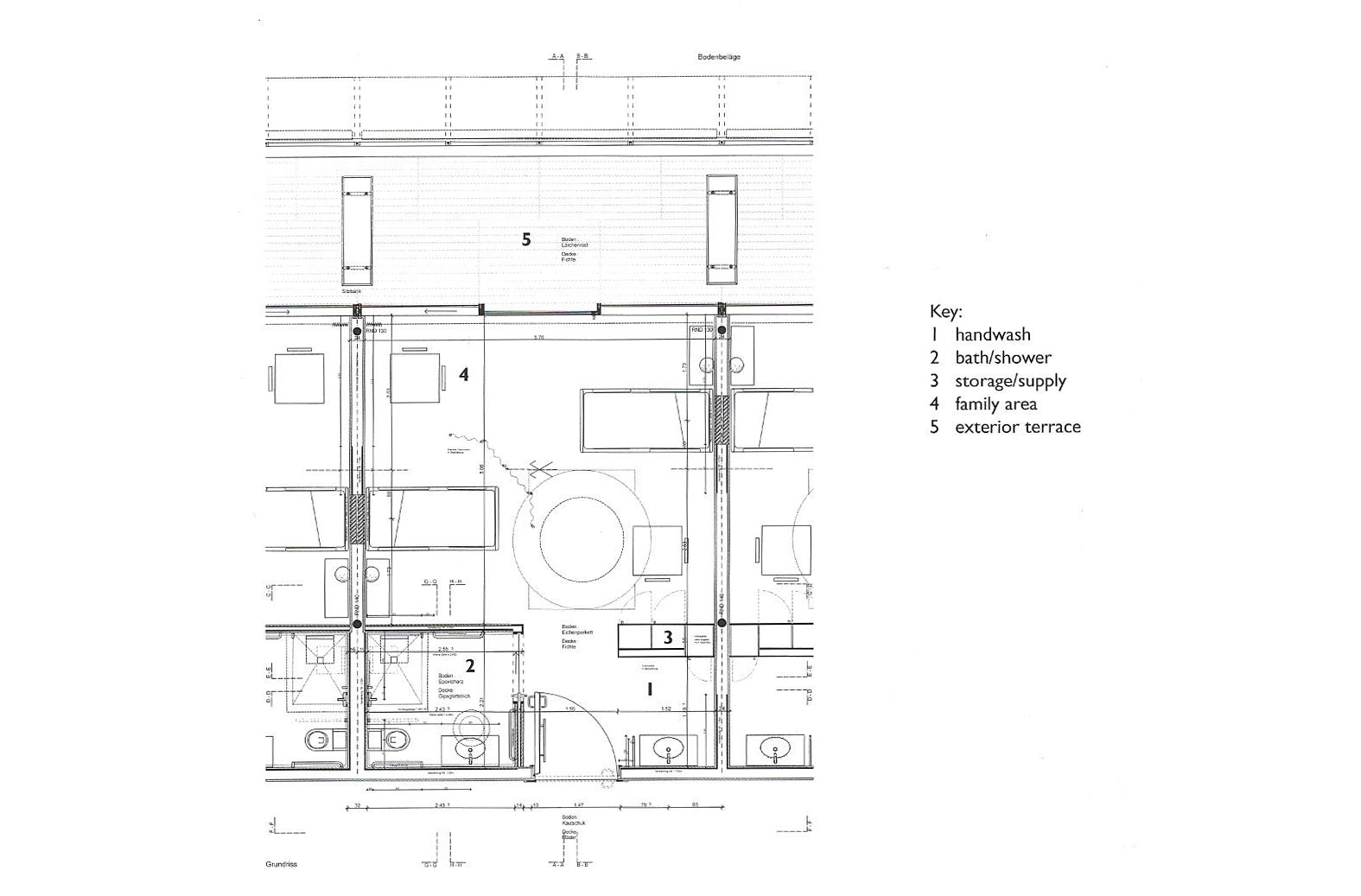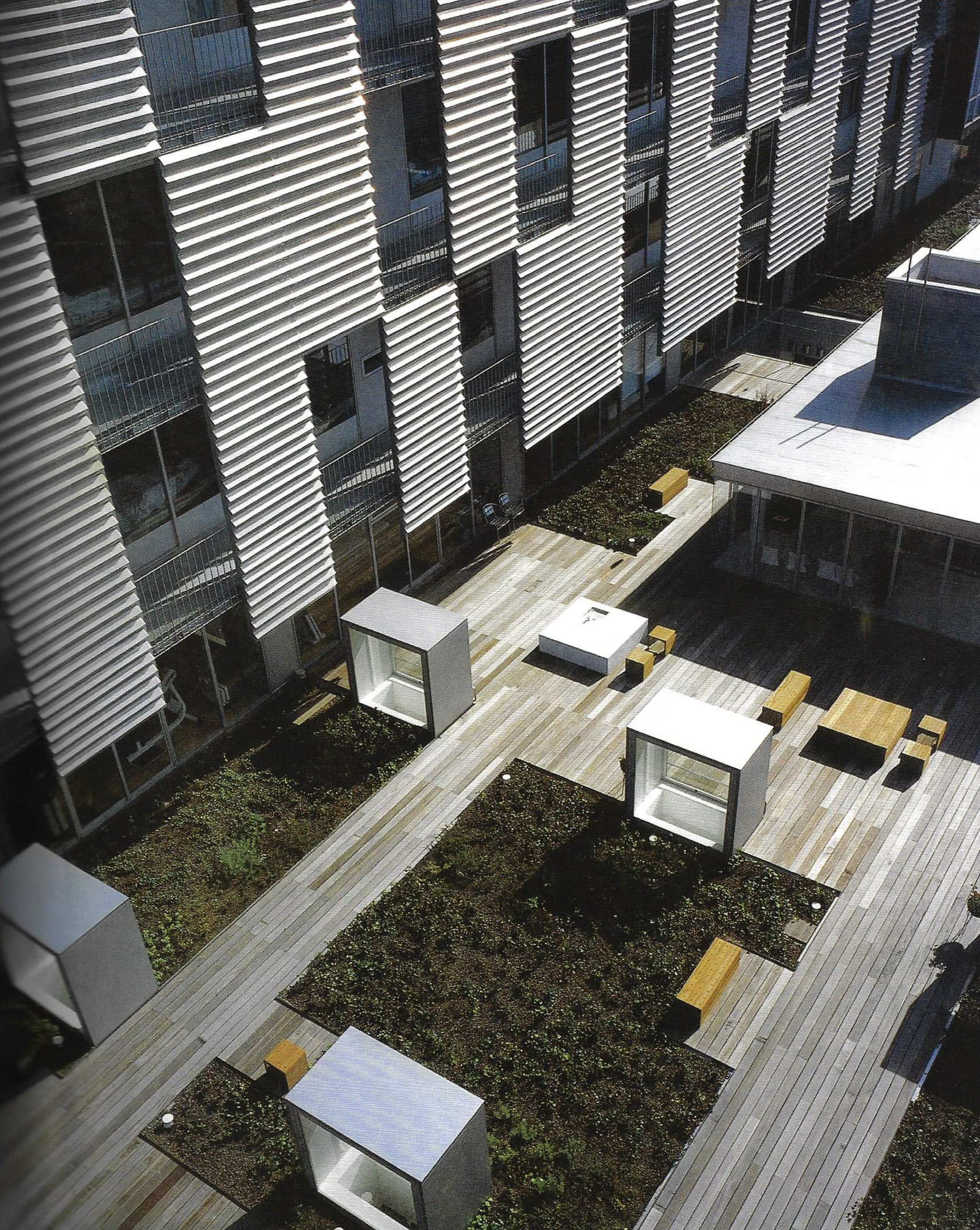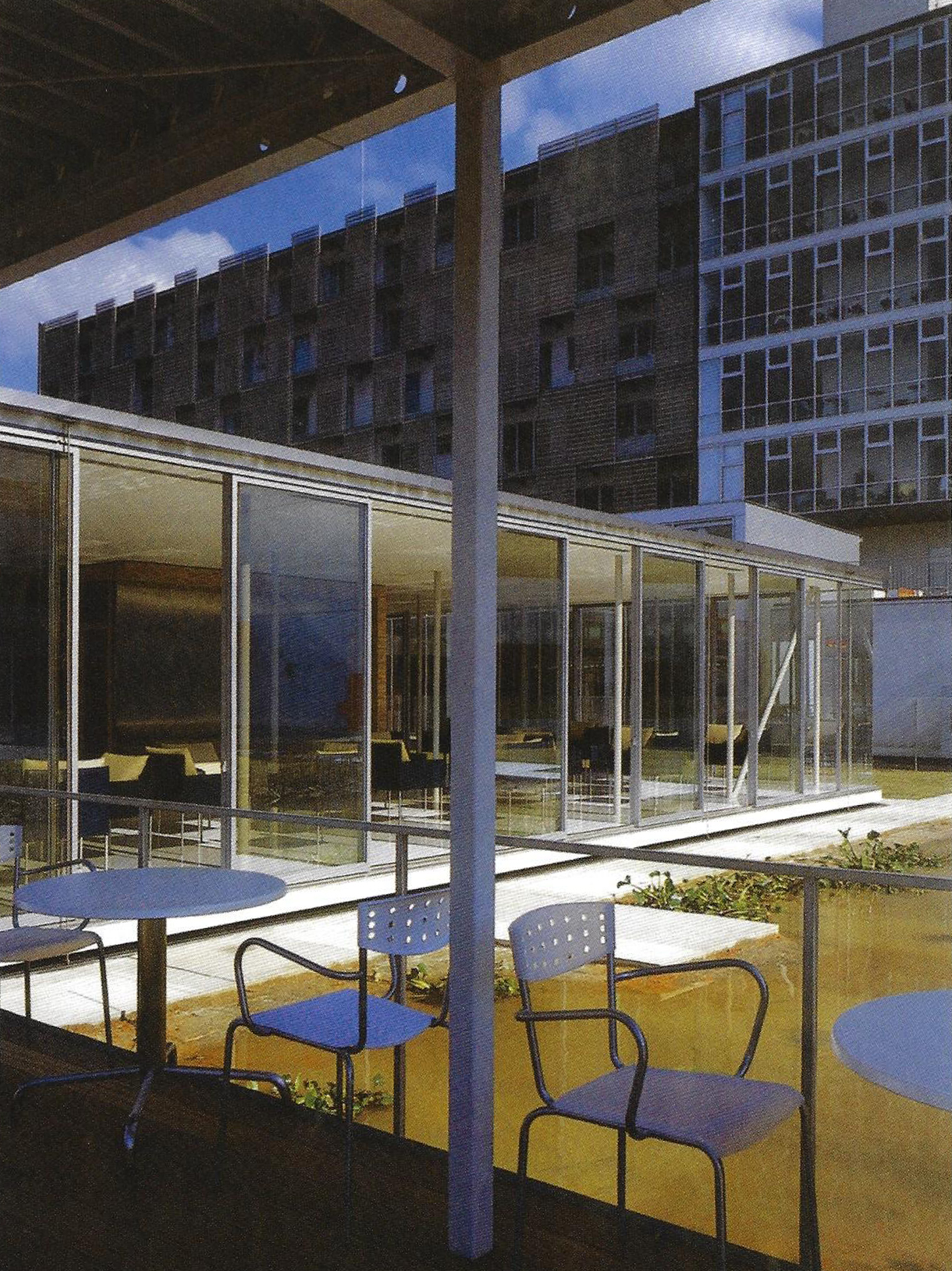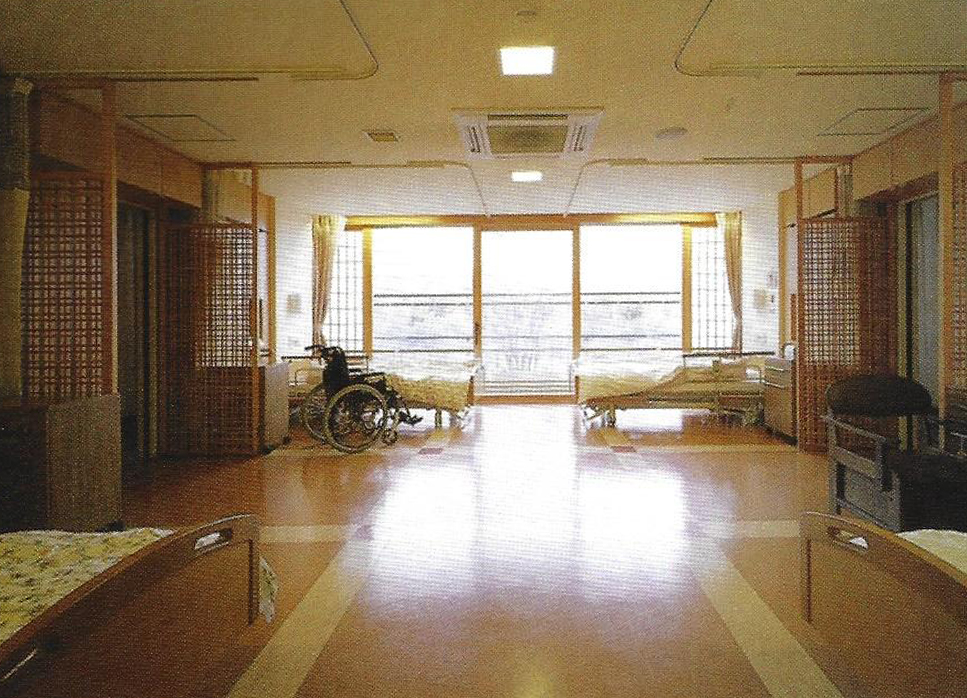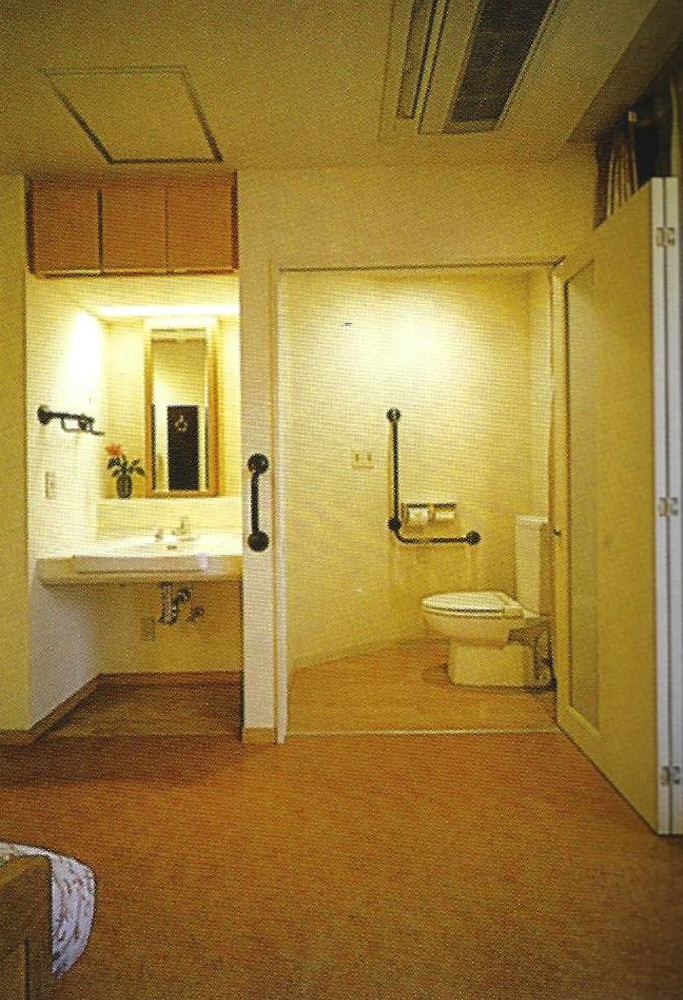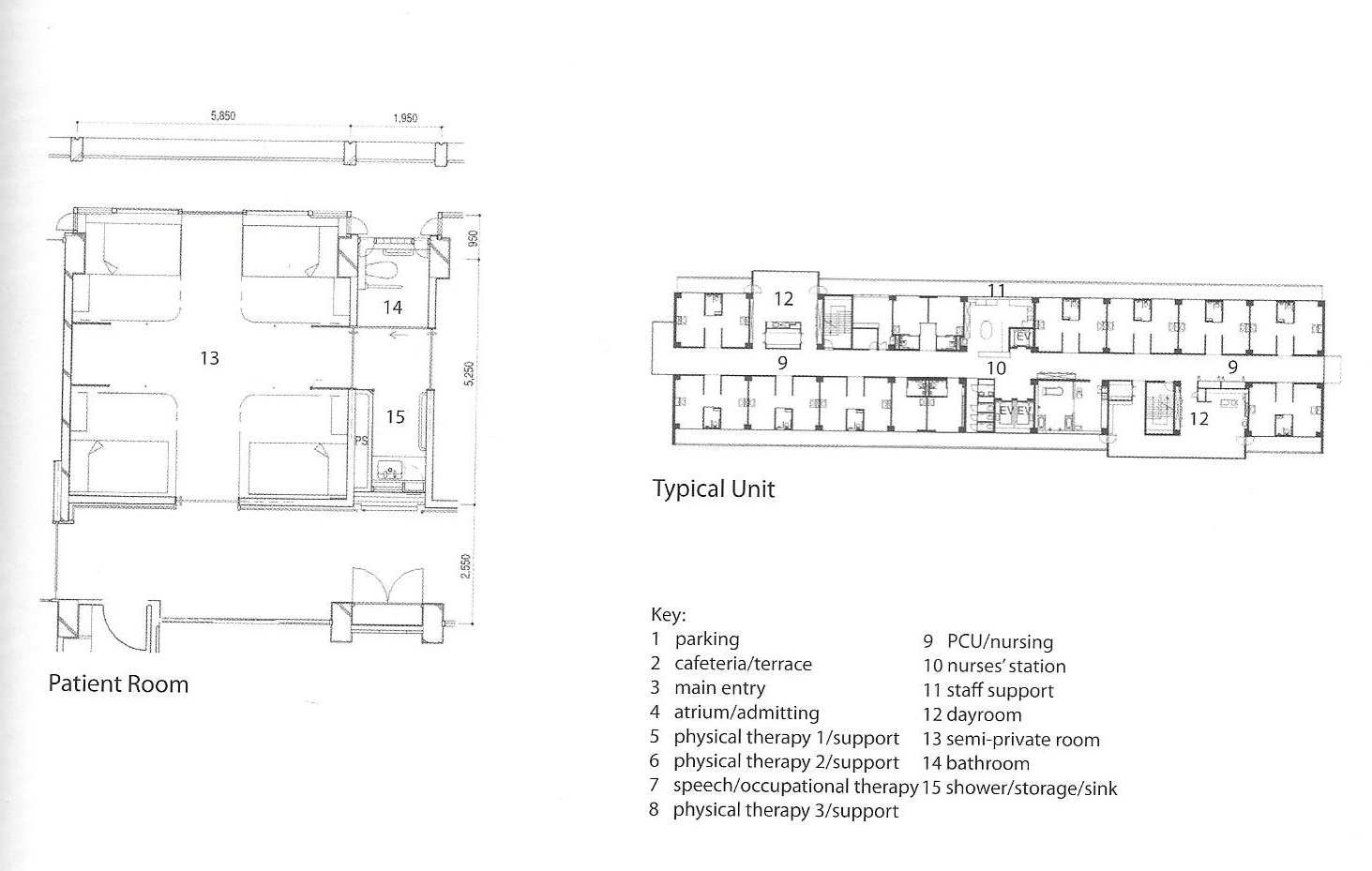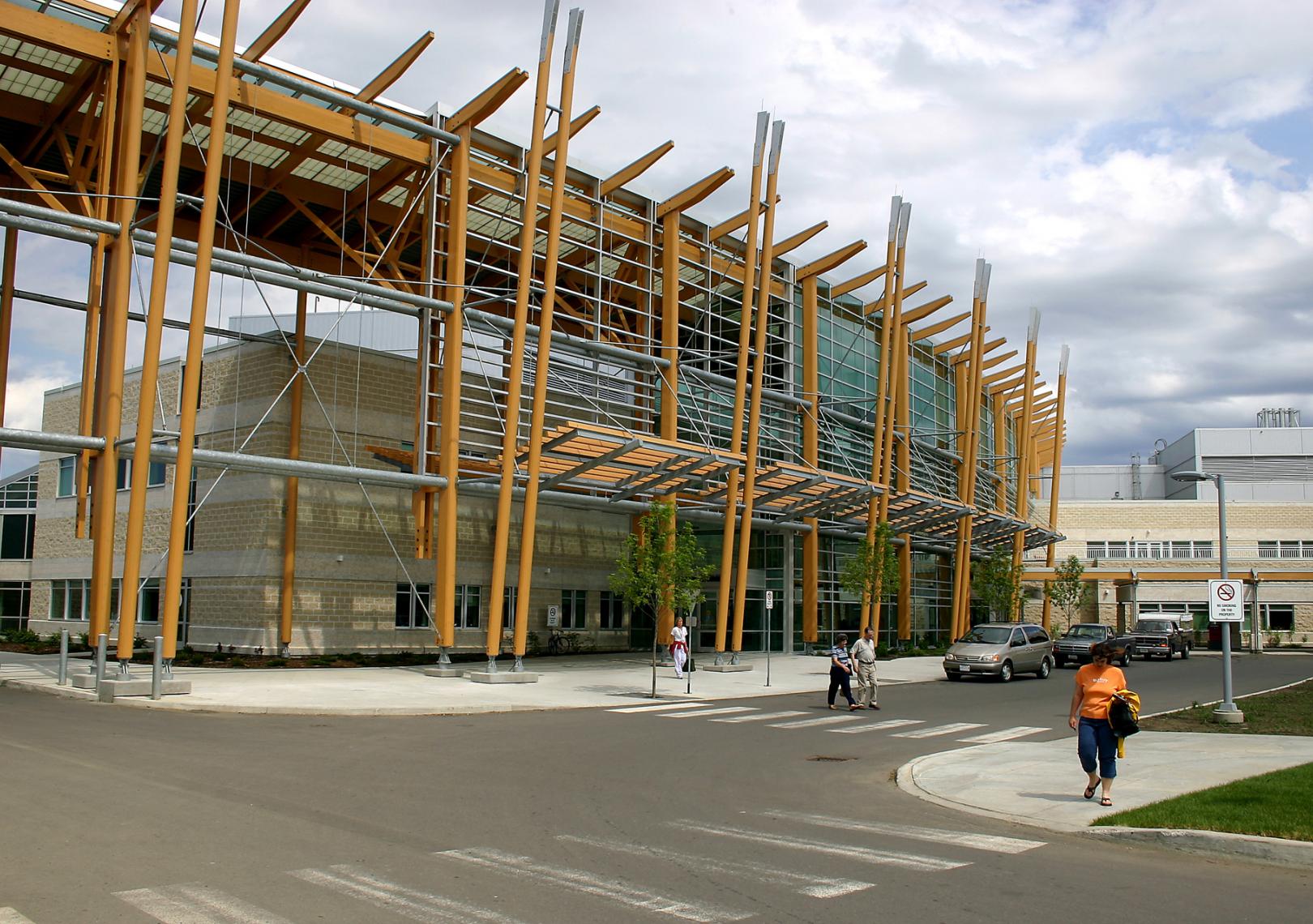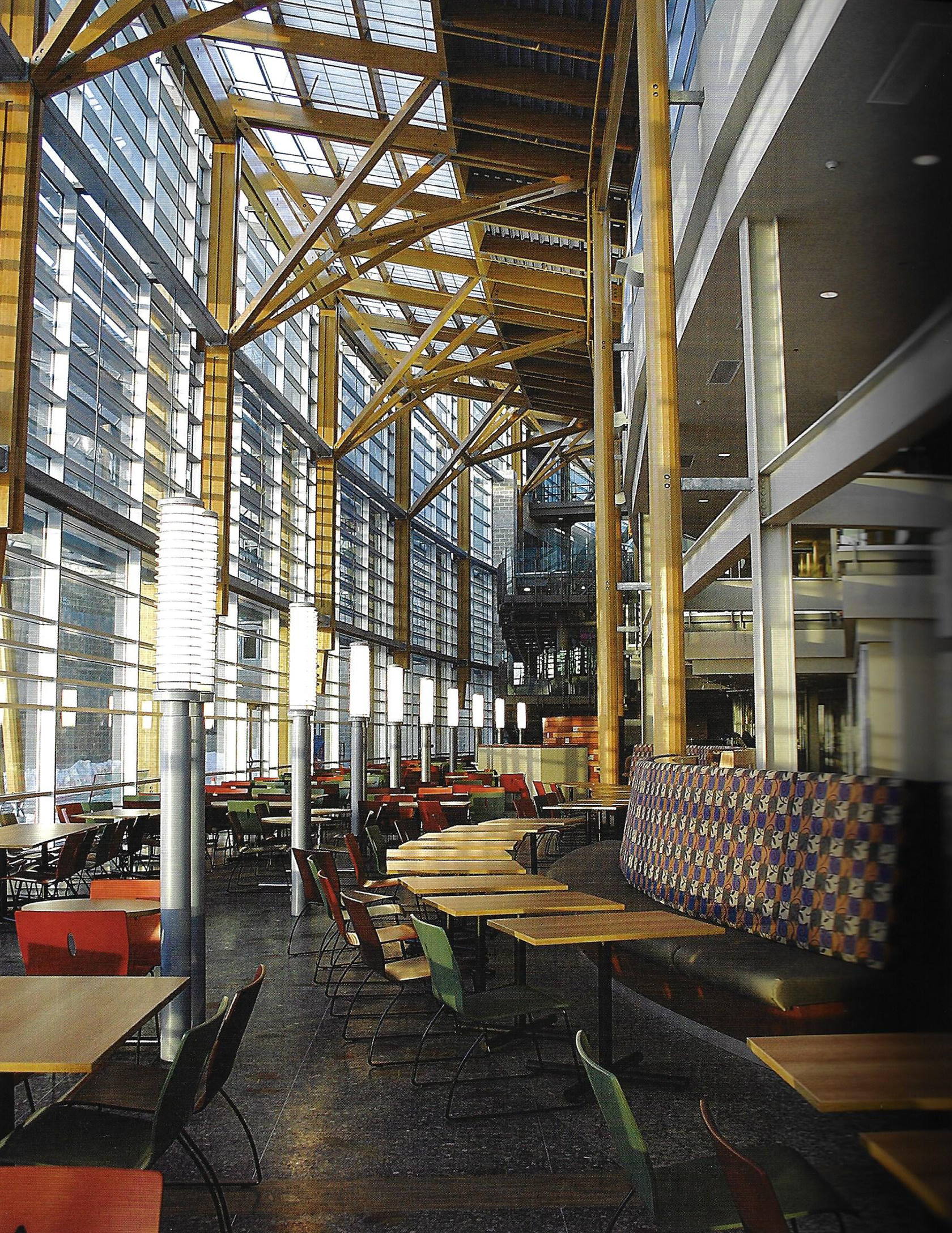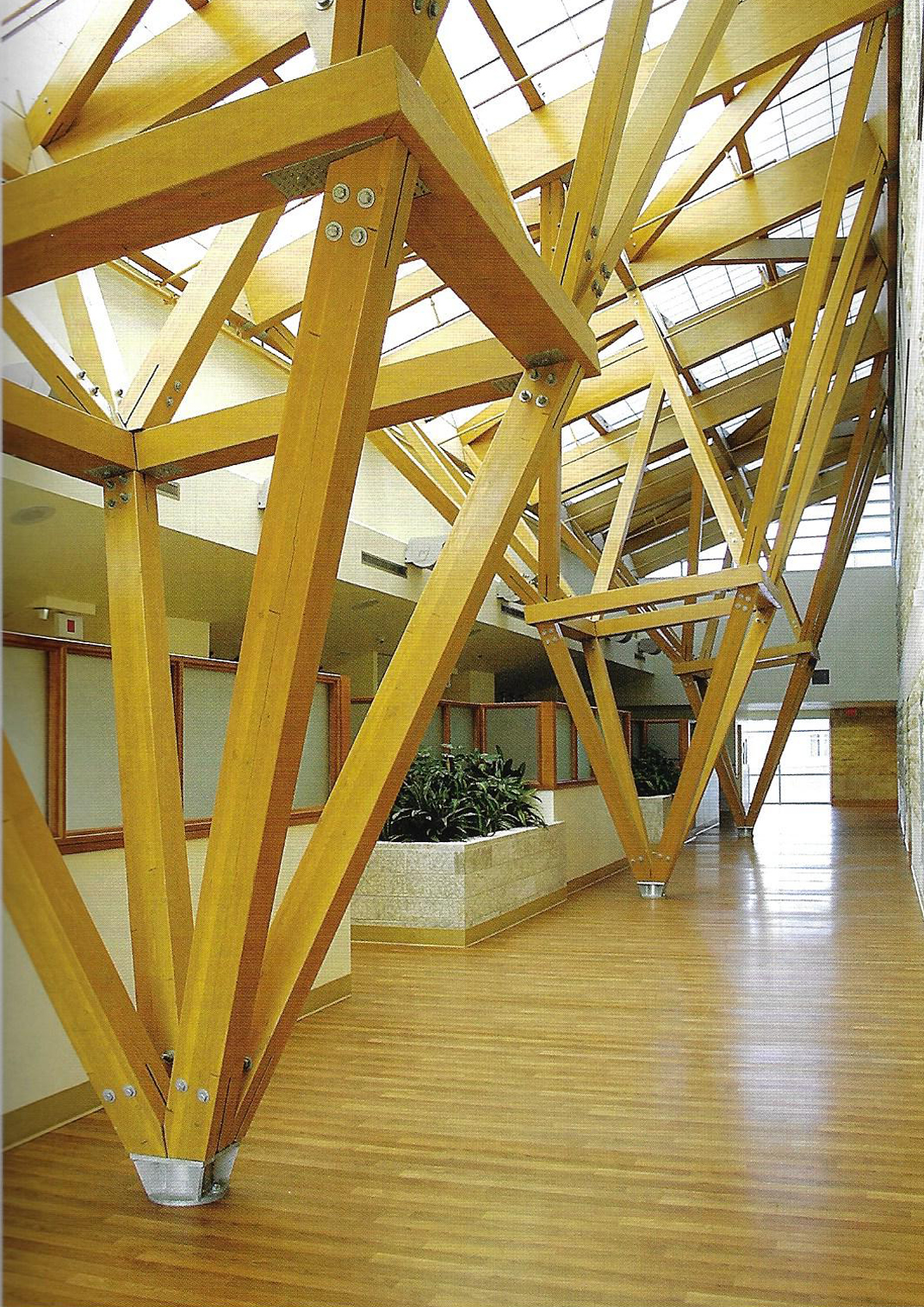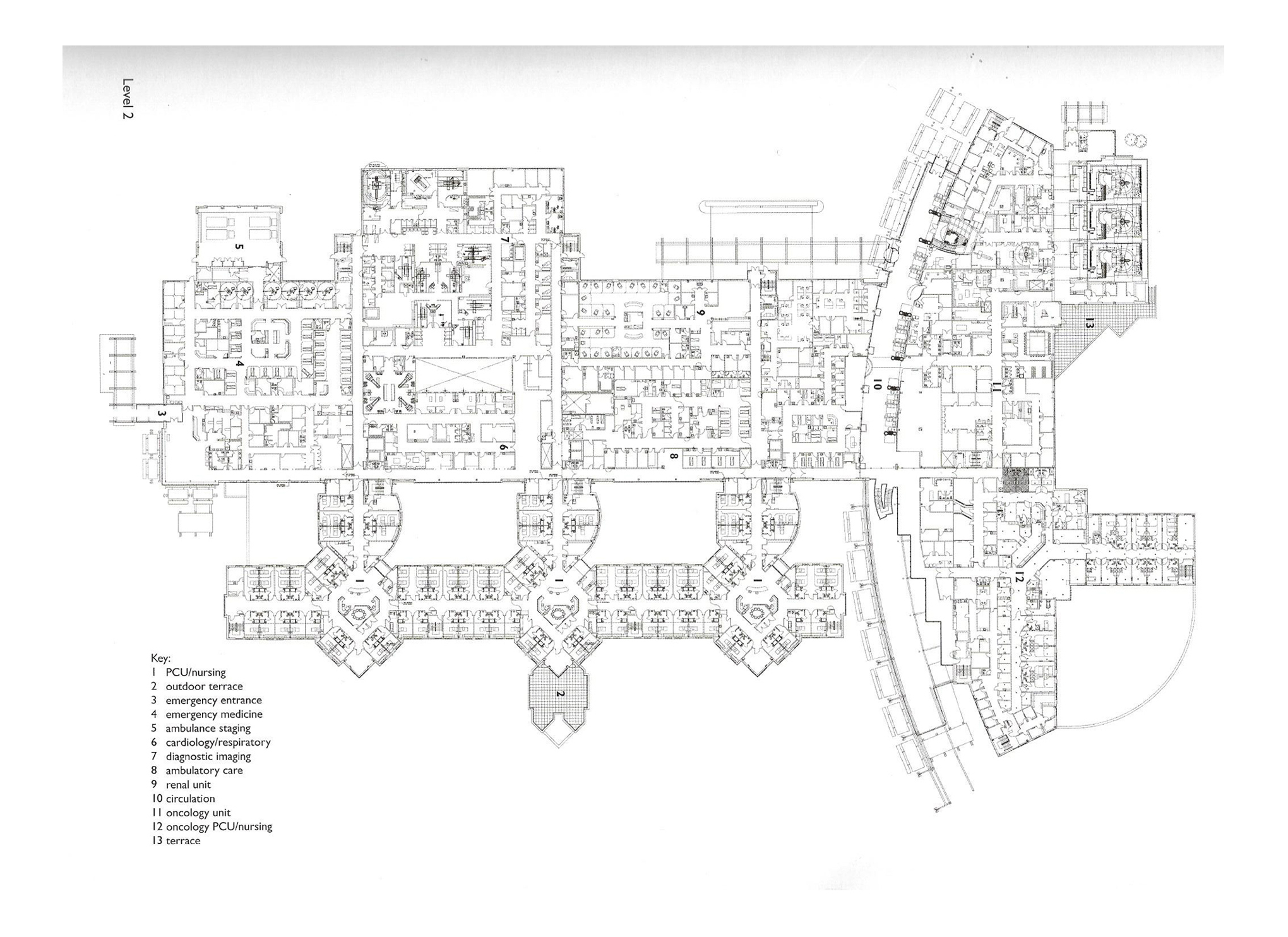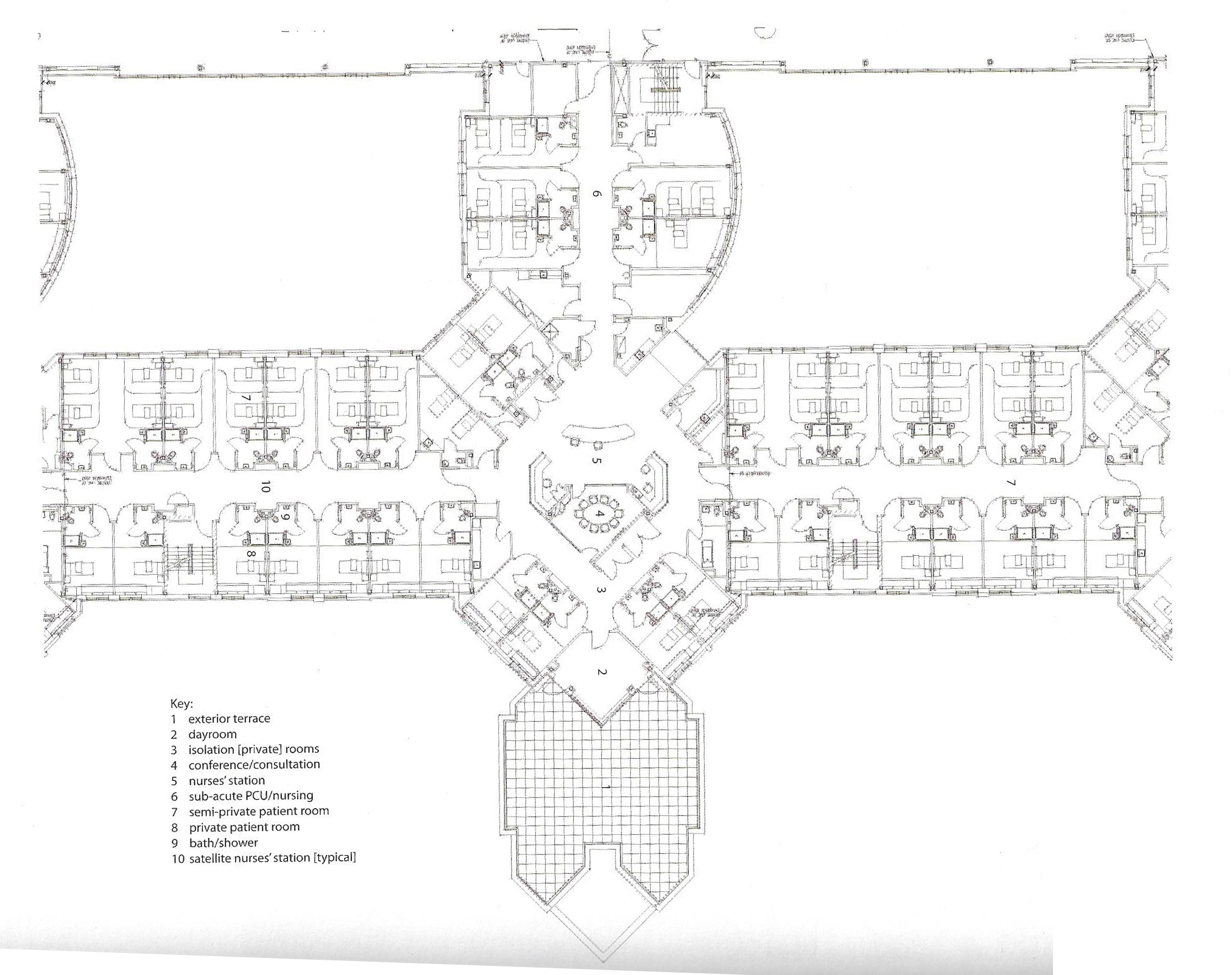Difference between revisions of "project04:P1"
| Line 734: | Line 734: | ||
</div> | </div> | ||
</div> | </div> | ||
| − | <iframe src="https://fast.wistia.net/embed/iframe/rd43p5f1jk?seo=false&videoFoam=true" title="Wistia video player" allowtransparency="true" frameborder="0" scrolling="no" class="wistia_embed" name="wistia_embed" allowfullscreen="allowfullscreen" mozallowfullscreen="mozallowfullscreen" webkitallowfullscreen="webkitallowfullscreen" oallowfullscreen="oallowfullscreen" msallowfullscreen="msallowfullscreen" width="850" height="auto" style="width: 850px; height: 478px;"></iframe> | + | <iframe src="https://fast.wistia.net/embed/iframe/rd43p5f1jk?seo=false&videoFoam=true" title="Wistia video player" allowtransparency="true" frameborder="0" scrolling="no" class="wistia_embed" name="wistia_embed" allowfullscreen="allowfullscreen" mozallowfullscreen="mozallowfullscreen" webkitallowfullscreen="webkitallowfullscreen" oallowfullscreen="oallowfullscreen" msallowfullscreen="msallowfullscreen" width="850" height="auto" style="width: 850px; height: 478px;"></iframe> |
| + | <br> | ||
| + | <br> | ||
| + | <br> | ||
</div> | </div> | ||
</div> | </div> | ||
| Line 764: | Line 767: | ||
<!-- Fungi possiblities --> | <!-- Fungi possiblities --> | ||
| − | <div class="Subtitle"> | + | <div> |
| − | + | <div class="Subtitle"> | |
| − | + | <h2>Fungi</h2> | |
| − | + | </div> | |
| − | + | ||
| − | + | <!-- Introduction --> | |
| + | <div> | ||
| + | <p class="TextQuestion"> | ||
| + | Introduction | ||
| + | </p> | ||
| + | <div class="Wrapper"> | ||
| + | <div class="ParagraphContainer"> | ||
| + | <p class="TextAnswer"> | ||
| + | This project revolves around the growing of architecture by application of mycelium. Mycelium is the vegetative part of fungi. This biological tissue/ material is composed from tube-like fibers. These fibers are called hypha and are approximately 1 lm in diameter. Hypha grow by elogation of the apical tip. Which means that the fibers grow faster in the tips than in its branches. On occasion these fibers branch out and merge with other hyphae. As a consequence a random fibernetwork structure is formed; The mycelium <a href="Wiki%20-%20Bibliography.html">(Lull et al., 2005)</a>.<br> | ||
| + | <br> | ||
| + | Mycelium can be grown in multiple forms, (pure) mycelium, synthetic mycelium and composite mycelium. The last one will be the main focus of this material study since this is the form that is most used within the product development and the built environment. The composite is a mixture of mycelium mixed with a organic substrate most preferably a lignocellulosic biomass. Mycelium than forms it's network of hyphae on and through the substrate by (partly) consuming the substrate. It then transforms the substrates biomass into chitine (up to 45%), Protein and polysacharides. As a result of this process mycelium and the substrate are bonded into the mycelium composite <a href="Wiki%20-%20Bibliography.html">(Tazelaar, 2017)</a>. | ||
| + | </p> | ||
| + | </div> | ||
| + | </div> | ||
| + | <br> | ||
| + | <br> | ||
| + | <br> | ||
| + | </div> | ||
| + | <!-- Introduction --> | ||
| + | |||
| + | <!-- Paragraph - Life Cycle --> | ||
| + | <div> | ||
| + | <div> | ||
| + | <p class="TextQuestion"> | ||
| + | Lifecycle of fungi | ||
| + | </p> | ||
| + | <div class="Wrapper"> | ||
| + | <div class="ParagraphContainer"> | ||
| + | <p class="TextAnswer"> | ||
| + | Since fungi is a living organism the species goes through the cycle of life. In order to produce and reproduce mycelium knowledge of it's cycle is required. The image below portaits the lifecycle of the fungi. | ||
| + | </p> | ||
| + | </div> | ||
| + | </div> | ||
| + | <img src="http://100ybp.roboticbuilding.eu/images/c/cd/Leander_MaterialStudies_Lifecycle_01_190325.png" class="MaterialStudyImage" alt="Lifecycle of fungi"> | ||
| + | <div class="CopyrightDescription"> | ||
| + | <p>This image is based on a image from <a href="Wiki%20-%20Bibliography.html">(Lull et al., 2005)</a></p> | ||
| + | <p>Bakker, L. (2019). Fungi Lifecycle. Own Image</p> | ||
| + | <!-- <p>Photographer, A. (year). Title of photo [Photograph]. Retrieved from http://xxxxx</p> --> | ||
| + | </div> | ||
| + | </div> | ||
| + | <br> | ||
| + | <br> | ||
| + | <br> | ||
| + | </div> | ||
| + | <!-- Paragraph - Life Cycle --> | ||
| + | |||
| + | <!-- Species --> | ||
| + | <div> | ||
| + | <div class="Species"> | ||
| + | <p class="TextQuestion"> | ||
| + | Species | ||
| + | </p> | ||
| + | <div class="Wrapper"> | ||
| + | <div class="ParagraphContainer"> | ||
| + | <p class="TextAnswer"> | ||
| + | The taxonomical kingdom of fungi is vast. Within the this kingdom you can find species that act as food, produce medicine or in case of this research as building material. Form all the different taxonomical divisions on division is particularly intressting, this is the basidiomycota division. The reason why this division is so intressting is because of its ability to break down long and complex organic moleculs. The species that are most often used within this field are the Oyster mushroom (Pleurotus ostreatus, "Oesterzwam" (NL)), the Split Gill (Schizophyllum commune, "Waaiertje" (NL)), Lingzhi mushroom (Ganoderma lucidum, Reishi, "Gesteelde lakzwam"(NL)) and the Turkey tail (Trametes versicolor, "Gewoon elfenbankje" (NL)). The choices for these fungi are chosen due to their benifitial properties towards growth, strenght and ability to consume specific nutritions for example <a href="Wiki%20-%20Bibliography.html">(Tazelaar, 2017)</a>. | ||
| + | </p> | ||
| + | </div> | ||
| + | </div> | ||
| + | <br> | ||
| + | </div> | ||
| + | </div> | ||
| + | <div class="SpeciesImages"> | ||
| + | <div class="SpeciesImagesPleurotusOstreatus"></div> | ||
| + | <div class="SpeciesImagesSchizophyllumCommune"></div> | ||
| + | <div class="SpeciesImagesGanodermaLucidum"></div> | ||
| + | <div class="SpeciesImagesTrametesVersicolor"></div> | ||
| + | </div> | ||
| + | <div> | ||
| + | <div class="ImageDescriptionSpecies"><p>Pleurotus Ostreatus</p></div> | ||
| + | <div class="ImageDescriptionSpecies"><p>Schizophyllum Commune</p></div> | ||
| + | <div class="ImageDescriptionSpecies"><p>Ganoderma Lucidum</p></div> | ||
| + | <div class="ImageDescriptionSpecies"><p>Trametes Versicolor</p></div> | ||
| + | </div> | ||
| + | <!-- Species --> | ||
| + | |||
| + | <br> | ||
| + | <br> | ||
| + | <br> | ||
| + | </div> | ||
<!-- Fungi possiblities --> | <!-- Fungi possiblities --> | ||
Revision as of 16:20, 1 April 2019
P1
The Academic Medical Center(AMC) is one of the largest hospitals in the Netherlands. The AMC is among the top medical centers in the world. The building dates back to the eighties of the last century. Up until now various architectural interventions have been made but the currently the quality of the building is right on the acceptable level. To maintain an acceptable quality of the building renovation and transformation is required. Therefor the AMC building has to be renewed to face the future. Designing new state of the art medical facilities as for creating a sustainble hospital with a neutral carbon footprint. Within the Architectural Enigineering graduation track this challenge is explored. This is the first presentation in the graduation track presenting my proposal for the new AMC.
The AMC
Key figures
Completed:
Floorspace:
Clinical admissions:
Day care admissions:
Outpatient visits:
Beds:
Employees:
Medical students:
Medical informatics students:
1983.
500.000m2
25.000 per year.
30.000 per year.
356.000 per year.
1.002.
7.000.
2.200.
100.
Impression
Own images
Location
Own images
Floorplans
(AMC, 2016)
Specialism
The AMC has various top-referral specialties. These include cardiovascular diseases, immunology and infectious diseases, diseases of the digestive system (surgery and internal medicine), metabolic diseases, gynecological oncology, specialized care in early pregnancy, prenatal diagnostics, pediatric oncology, pediatric immunology/ hematology, vascular disorders of the brain, severe hearing disorders, schizophrenia, amyotrophic lateral sclerosis (ALS) and deep brain stimulation for severe obsessive-compulsive disorders. Besides these specialties the AMC has also been allocated various top clinical functions by the dutch government. These are functions that provide medical treatments and services in limited number of hospitals, this due to high costs and required expertise. The AMC’s allocated top-clinical functions include kidney dialysis and kidney transplantation, open heart surgery, radiotherapy, neurosurgery, neonatology and nuclear medicine.
The AMC tries to distinguish itself from other hospitals through seven core areas of medical research. These are: cardiovascular diseases, immunity and infections, gastrointestinal diseases, metabolic disorders, neurological and psychiatric disorders, oncology and epidemiology & public health. All of these core areas covers the whole spectrum of medical research: from fundamental biomedical, translational and clinical research to the evaluation of new medical methods and techniques.
Infectious diseases and immunity
In a Dutch and international context, AMC researchers are working on the development of drugs and the evaluation of combination therapies for HIV/AIDS. Another line of research focuses on the development of vaccines, and bacterial research concentrates on pneumonia, meningitis and septicemia. Treatment options for rheumatoid arthritis are also being studied, with researchers concentrating mainly on the inhibition of proinflammatory proteins by means of an inactivated virus. Phagocytes, dendritic cells and T-cells are the central focus of fundamental immunological research.
Oncology
Most of the research in the core area of oncology concerns the molecular and biochemical backgrounds of cancer. There are four lines of research: gastrointestinal oncology, hematological oncology, pediatric oncology and neuro-oncology. The focus of the research is the hypothesis that only cells of one certain type – called cancer stem cells – cause tumors to grow and spread. The pediatric oncology research covers everything from fundamental research (genetic profiling) to clinical research. Much attention is focused on new drugs, and the later effects of oncology therapy.(AMC, 2009)
AMC's development vision and aims
In the spirit of the original principles of the core principles for redevellopment of the AMC are flexibility and standardisation. Within these principles safety and patient-centrality. The different phases of care will be more seperated and than accordingly relocated within the hospital netwerk. These phases include diagnostics, threatment, screening, after care, nursing and caring.
Another important aspect of the AMC is the increase in scientific research, in quantity (promotions and publications) as well as quality (research funds and impactscores). It is important for the AMC to remain as one of the top UMC research instituses. Through international cooperations it remains a key player within it's core areas as previously mentioned. To increase its international presence valorisation is promoted from start up companies.
The functional state of the bedroomtowers has decreased under an acceptable level for modern medicine. Therefor these towers need to be redevelloped to once again live up to the modern standards. Another problem is that there is hidden vacancy within the towers. Theorically one full tower could be removed or repurposed.
The research and threatment center forms the core of the AMC, these function feature high investment costs, complex housing and growth. The functions feature policlinics, research centers e.g. But in the future the policlinic functions need to grow. In order to achieve this subfunctions have to be segregated, that would mean that research functions are supposed to be clusterd as for the other functions.
AMC functions remarkable well for its age when it comes down on patient care. But the wayfinding, approach and entrering of the area and the complex are out dated. The current main entrencee and the policlinic entrence are out dated, not representative and don't contribute to the welcome feelings patients and visitor should have.
flexibility plays a role within the strategy to make more efficient use of the current facilities. This means that employees will have to share their office facilities with employees from other facilities. Therefore reducing 70 offices spots per 100 employees. Another aim is the redevellopment of internal spaces so that they can be used for one main purpose like offices, waiting, research, consultant rooms e.g. and not just for one specific department.(AMC, 2016)
Redevellopment constraints
When designing the transformation of the building, there are a few rules which the AMC has set up so the building remains it current character:
1. During transformation the hospital should remain in function. That would imply that a phased devellopment plan should be develloped.
2. The redevellopment should remain within the current boundries of the building. Excluding the entrences of the building and the renewed landscape plan.
3. The concrete structure should remain in place and should remain visible.
Future developments in healthcare.
Data collection and exchange.
Virtual and augmented reality.
AI solutions for medication.
Biotechnology grown from human tissue.
Nanomachinery.
3d printed organs.
Surgery through machinery.
Genetical adeption of babies.
Design Proposal
Currently we are faceing various environmental problems. The way we have been exploiting our planet in order to gain has lead to problems like mineral depletion and climate change. Every day we experience the consequences of our planetal exploitation. More and more people are trying to change the way we explote our planet. One of these things is changing the way we produce products. Not just using green energy for production but also changing the product flows from linear flows to circulair flows. As well as developping bio based alteratives for materials with large negative impacts for our planet.
Currently the Academic Medical Center in Amsterdam is due for renovation and transformation. The AMC is a massive hospital building in Amsterdam often describe as a city due to it's large size. This hospital houses three key function, a working environment for doctors and nurses, a recovery area for patients and a working environment for education and research from the university of Amsterdam. Within these functions the AMC holds many more specialalities, research centers, drugstores and shops.
With the AMC containing so many functions it shows a lot of potential for transformation with many possiblities. It is there where I want to offer a solution. I believe the future to be bio-based and circulair. Therefor I would like to redesign a part of the AMC into a coherent state of the art hospital. In my opinion that would mean the hospital is has circulair waste streams and procoduces as much as it consumes. That would mean the hospital should produce it's own food, it's own antibiotics, it's own building materials. These three aspects have one thing in common which is that they can all be produced out of fungi.
It is the potential of this material I will push to boundries in order to create the hospital section. The proposed section will include, patient rooms, silent areas, family meeting rooms, antibiotic laboratories, restaurants, fungi farms and threatment rooms. Combining all these will result in an project proposol which I would like to call the blueAMC.
Fungi
Introduction
This project revolves around the growing of architecture by application of mycelium. Mycelium is the vegetative part of fungi. This biological tissue/ material is composed from tube-like fibers. These fibers are called hypha and are approximately 1 lm in diameter. Hypha grow by elogation of the apical tip. Which means that the fibers grow faster in the tips than in its branches. On occasion these fibers branch out and merge with other hyphae. As a consequence a random fibernetwork structure is formed; The mycelium (Lull et al., 2005).
Mycelium can be grown in multiple forms, (pure) mycelium, synthetic mycelium and composite mycelium. The last one will be the main focus of this material study since this is the form that is most used within the product development and the built environment. The composite is a mixture of mycelium mixed with a organic substrate most preferably a lignocellulosic biomass. Mycelium than forms it's network of hyphae on and through the substrate by (partly) consuming the substrate. It then transforms the substrates biomass into chitine (up to 45%), Protein and polysacharides. As a result of this process mycelium and the substrate are bonded into the mycelium composite (Tazelaar, 2017).
Lifecycle of fungi
Since fungi is a living organism the species goes through the cycle of life. In order to produce and reproduce mycelium knowledge of it's cycle is required. The image below portaits the lifecycle of the fungi.
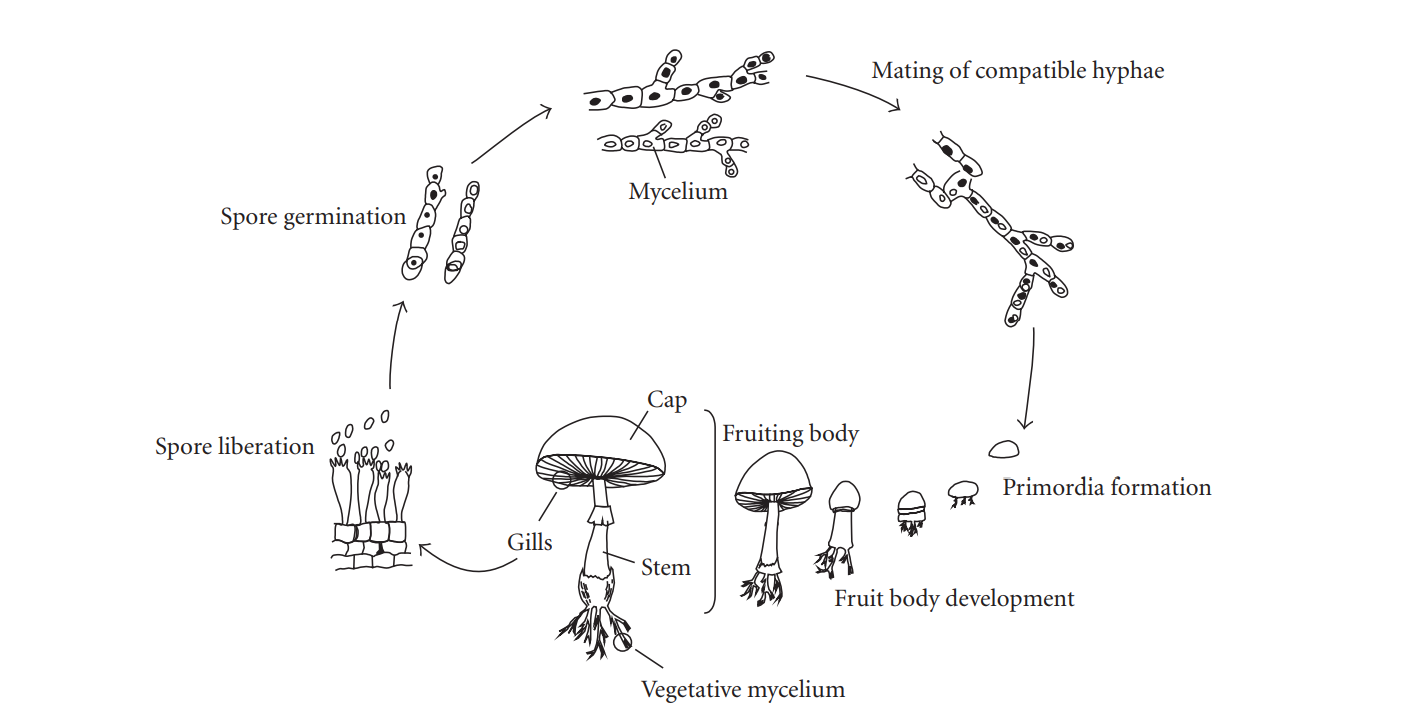
This image is based on a image from (Lull et al., 2005)
Bakker, L. (2019). Fungi Lifecycle. Own Image
Species
The taxonomical kingdom of fungi is vast. Within the this kingdom you can find species that act as food, produce medicine or in case of this research as building material. Form all the different taxonomical divisions on division is particularly intressting, this is the basidiomycota division. The reason why this division is so intressting is because of its ability to break down long and complex organic moleculs. The species that are most often used within this field are the Oyster mushroom (Pleurotus ostreatus, "Oesterzwam" (NL)), the Split Gill (Schizophyllum commune, "Waaiertje" (NL)), Lingzhi mushroom (Ganoderma lucidum, Reishi, "Gesteelde lakzwam"(NL)) and the Turkey tail (Trametes versicolor, "Gewoon elfenbankje" (NL)). The choices for these fungi are chosen due to their benifitial properties towards growth, strenght and ability to consume specific nutritions for example (Tazelaar, 2017).
Pleurotus Ostreatus
Schizophyllum Commune
Ganoderma Lucidum
Trametes Versicolor
Users Narratives
User narratives, doctor, intern, patient, patient relatives
Material cycle
Material cycle.
Planning
Planning.
References
References.
